Moths of the Lower Rio Grande Valley
Less Common, but Regular Moths - Micromoths
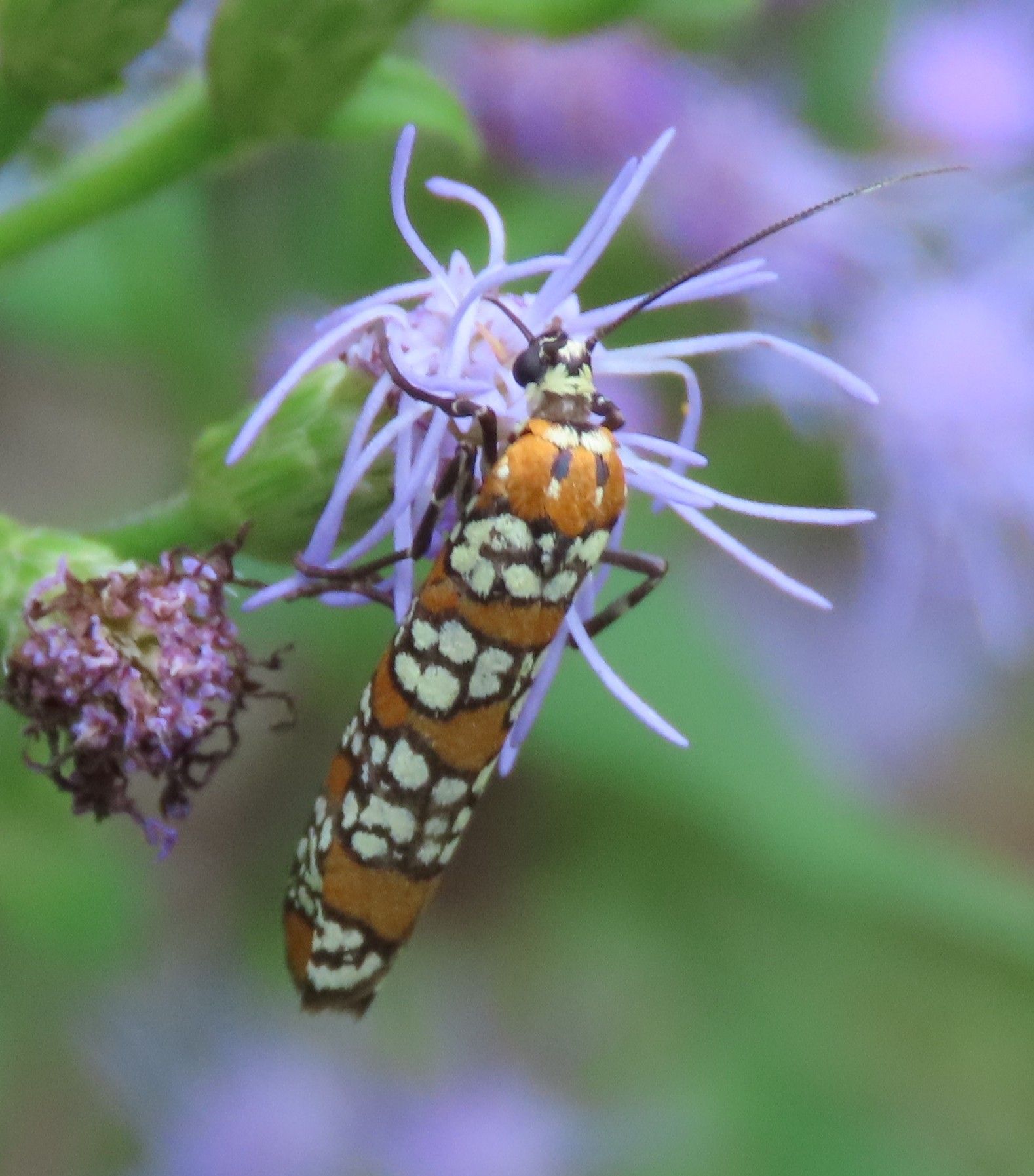
Ailanthus Webworm (Atteva aurea)
Unmistakable: orange with bands of white spots encircled by black. Often seen at flowers during the daytime. Recorded October - February, with one record in August.

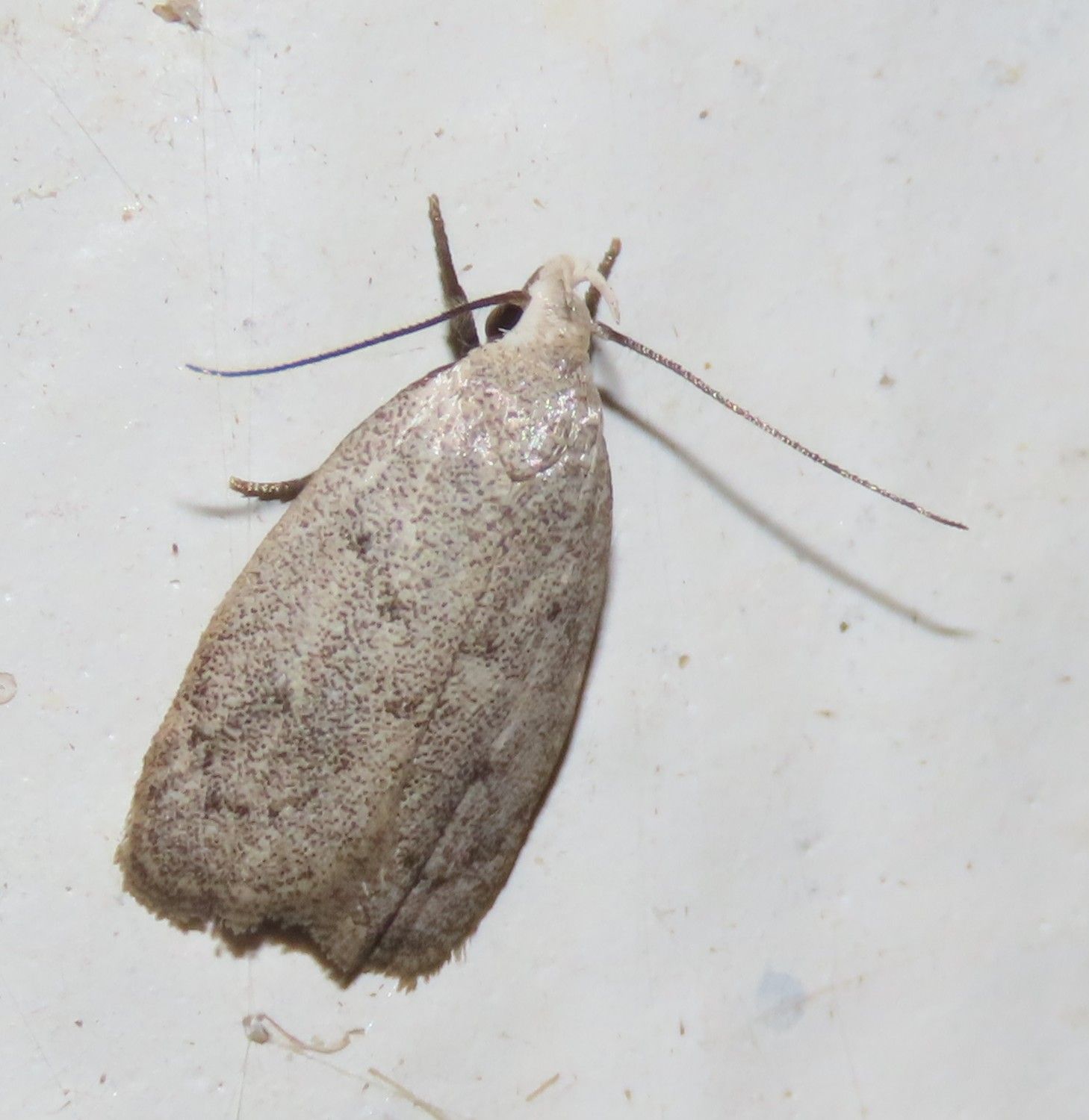
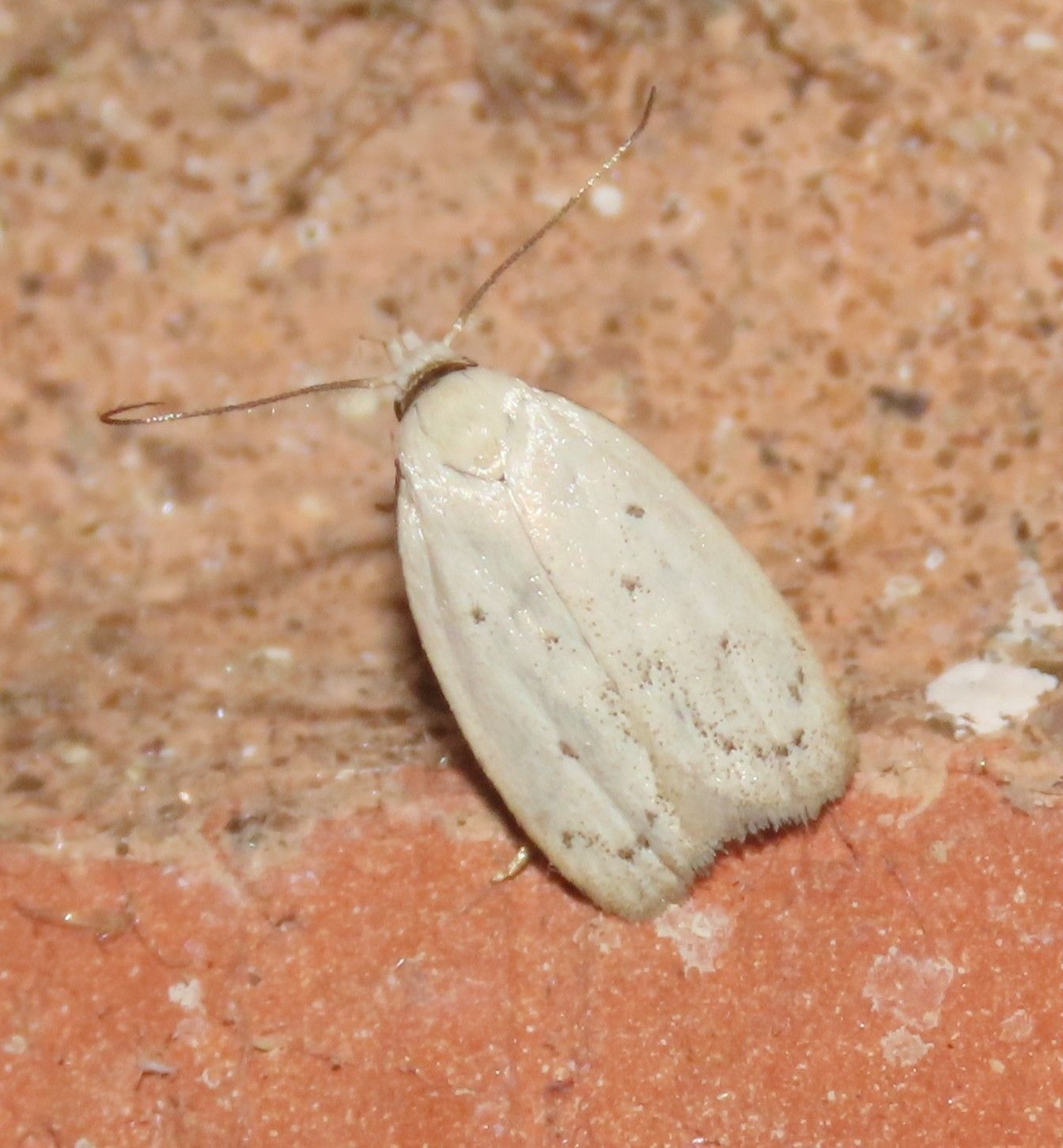
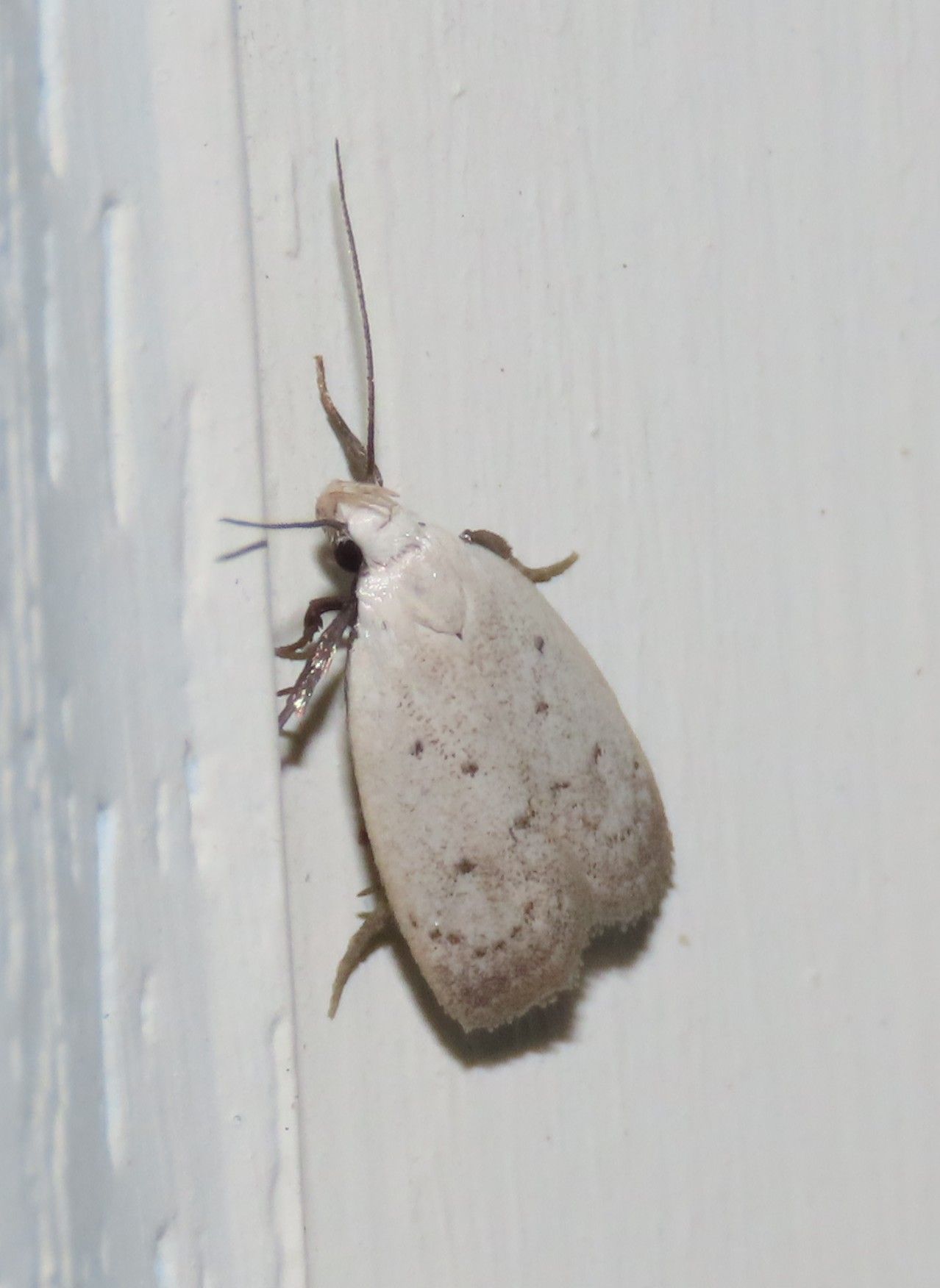
Chalky Inga (Inga cretacea)
This chunky little scavenger moth shows a distinct pattern of small dots in the median area, plus a curved ST line made up of dots. Some individuals are more peppery (left), and some are darker in the distal area (right). Recorded March - May, and August - November.
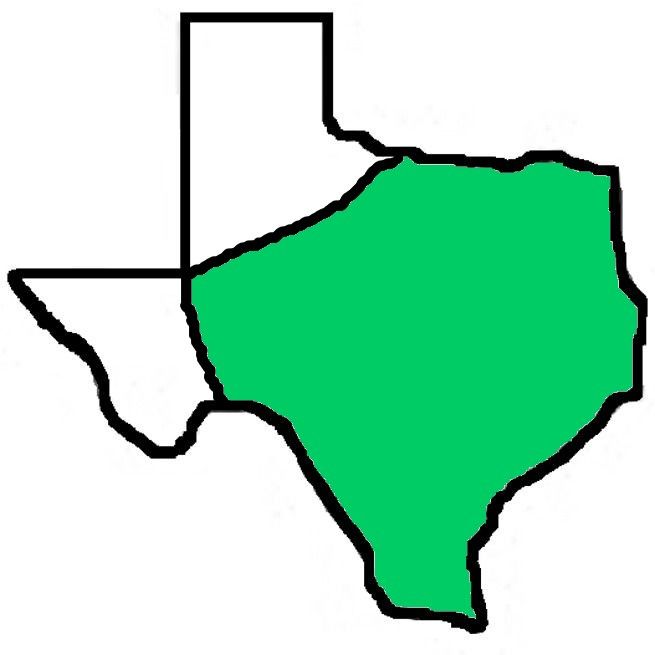
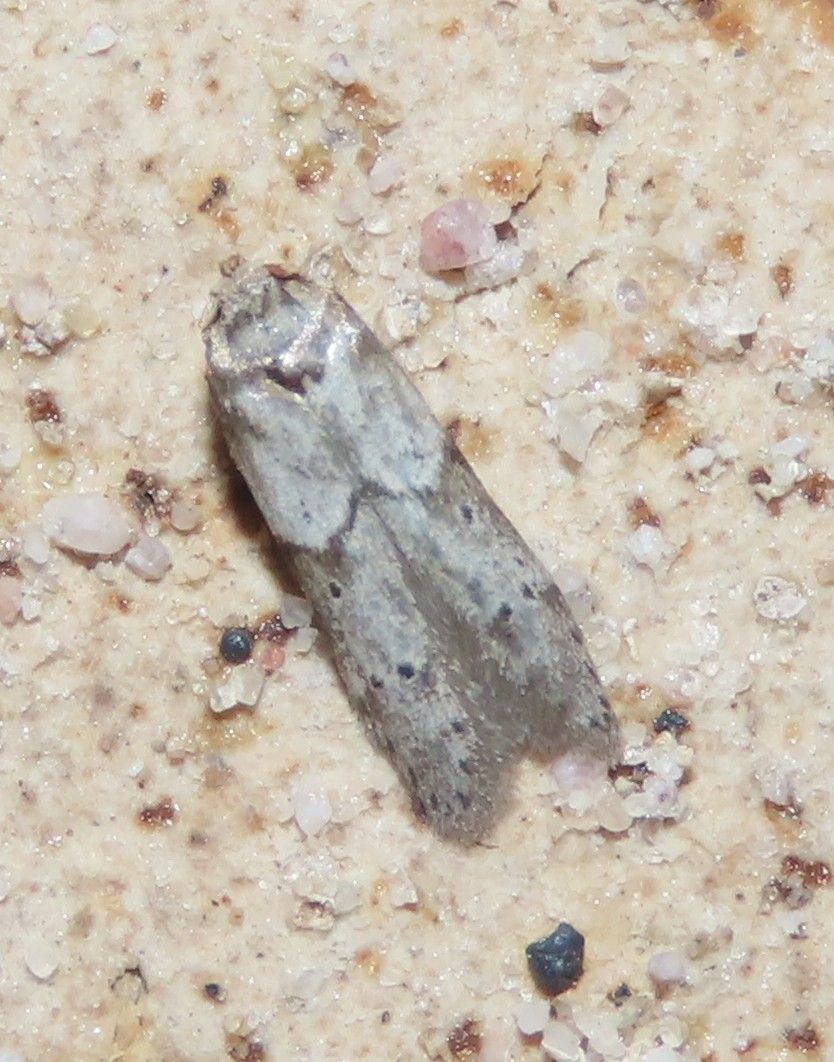
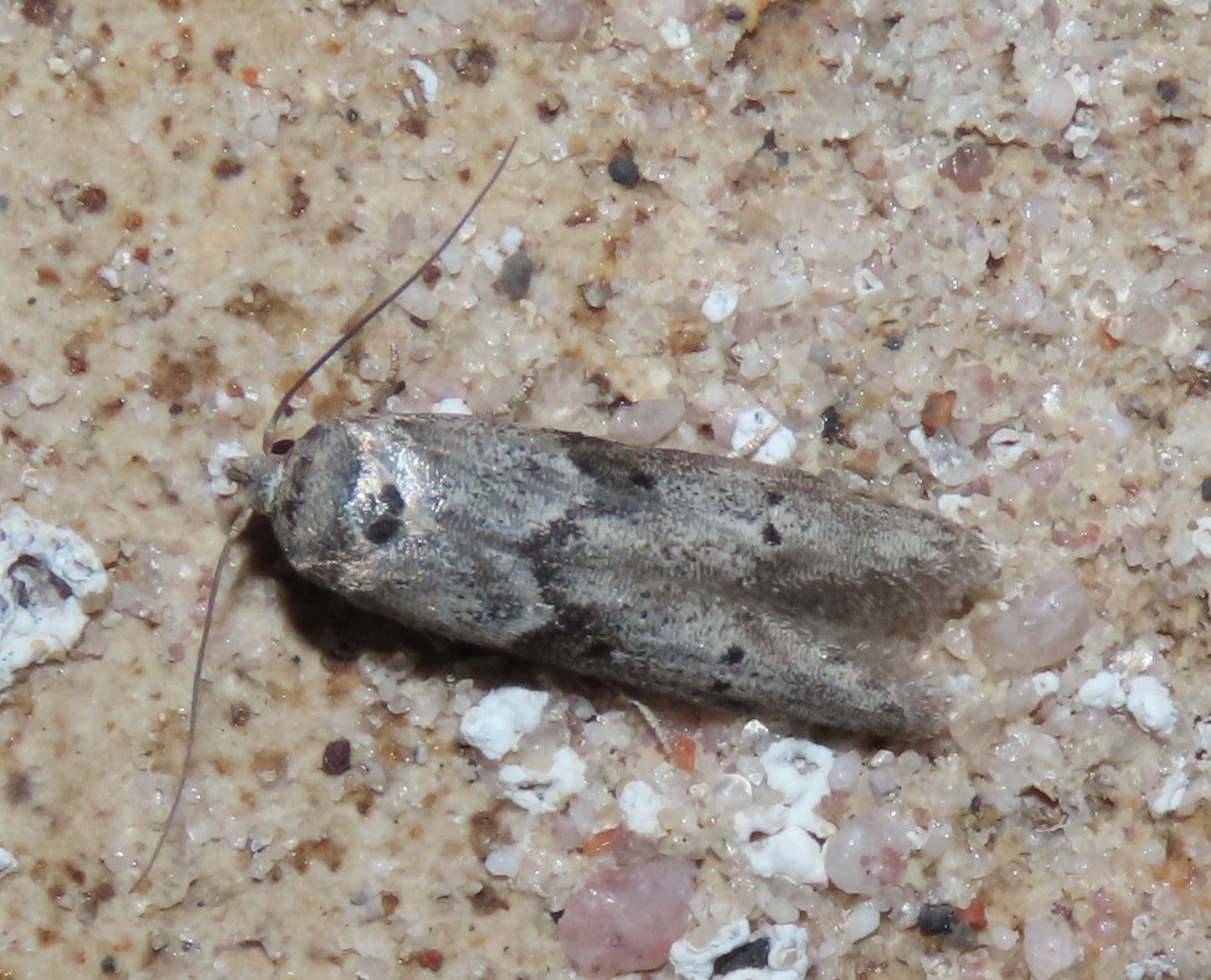
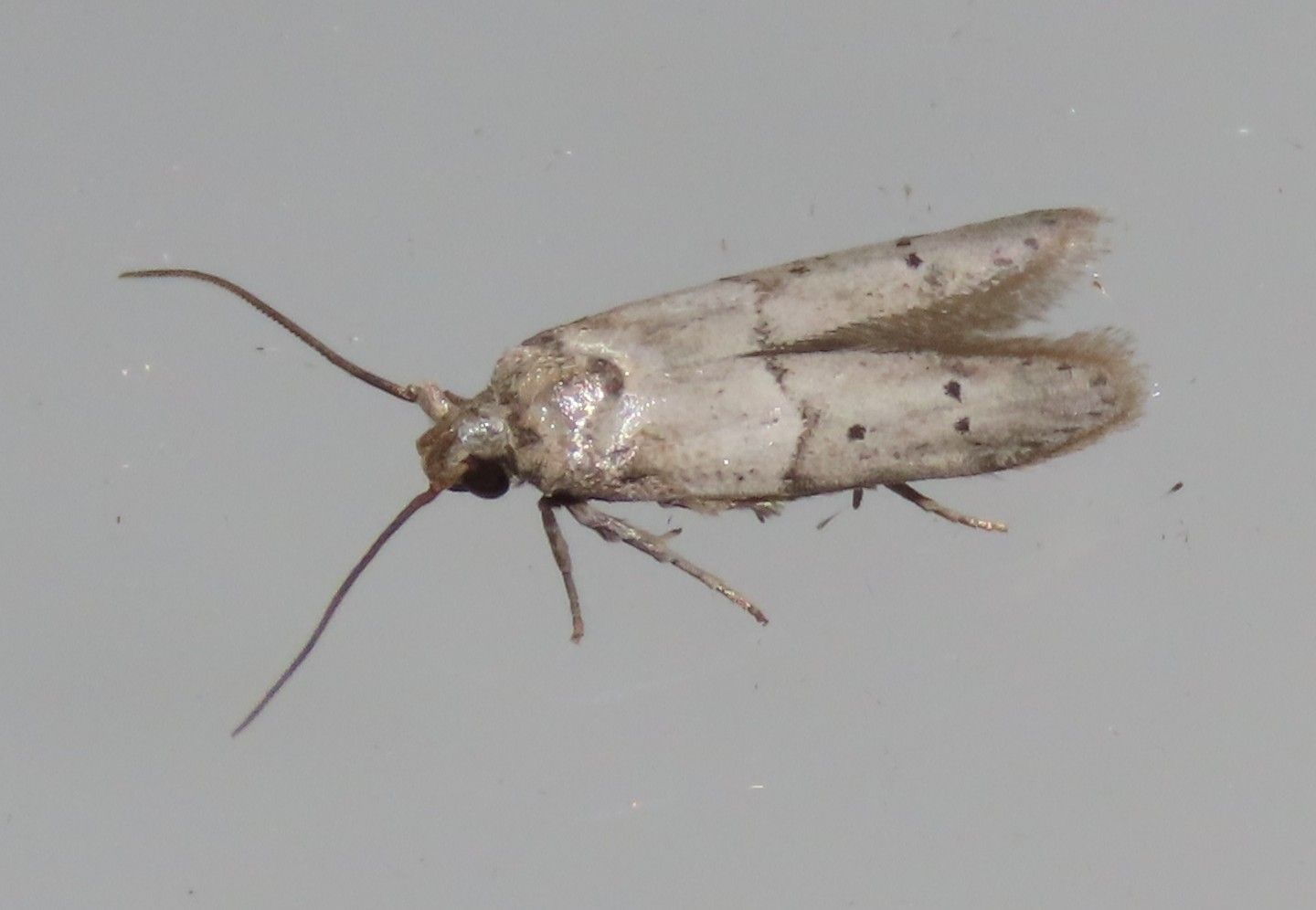
Acorn Moth (Blastobasis glandulella)
A member of the confusing Scavenger Moth group, well-marked individuals will have a jagged black AM line, a dotted PM line, and small black dots bordering the terminal edge of the forked forewings. Small white blastobasids with minimal spotting or banding are quite common in the LRGV, and even the experts are hesitant to pin them to species! Recorded February to November.


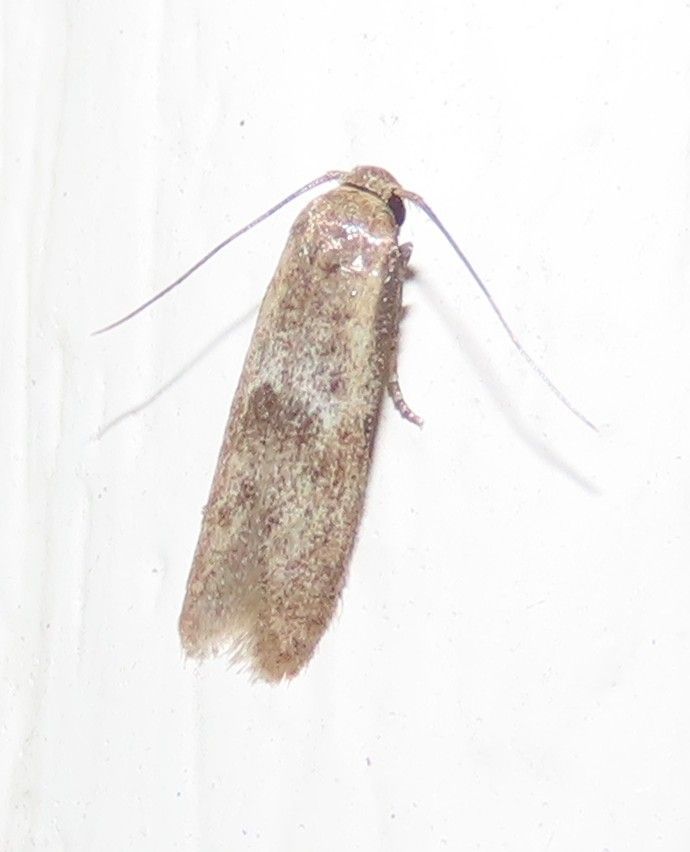
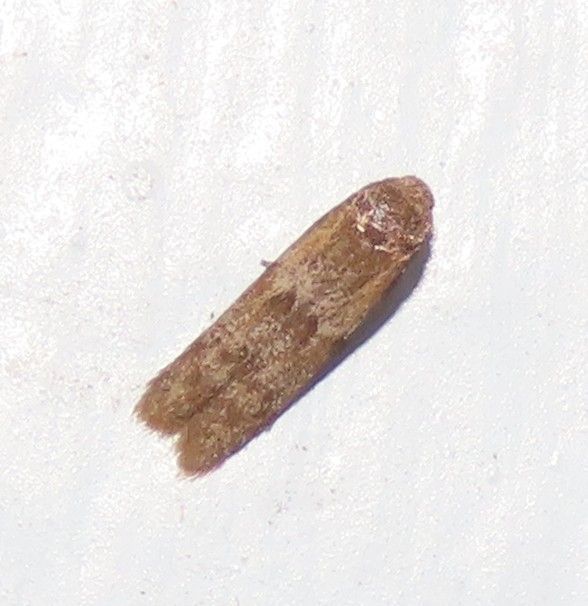
Pigritia (Pigritia sp.)
This is another set of confusing blastobastids that technically cannot be separated apart from DNA/dissection. A couple of my bugs were placed in the "Murtfeld Group" on BugGuide, but all the other records for the LRGV on iNaturalist stop at genus level. In general, these moths vary in color from pale gray to brown with a darker, white-edged median band, and a spotted or smudgy PM band, but some can be quite strongly marked. The key ID feature for Pigritias is the apparent lack of palps (they're there, but almost invisible). If you need any more convincing that this group is impossible, read this great discussion on BugGuide here! Recorded November to May, and July to August.
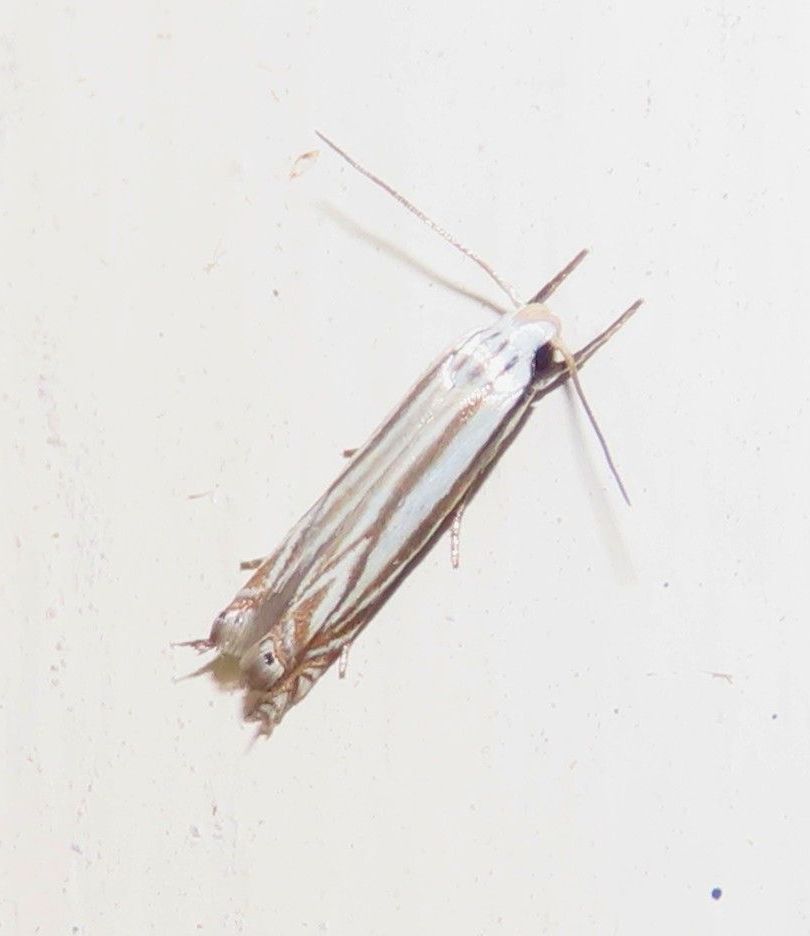
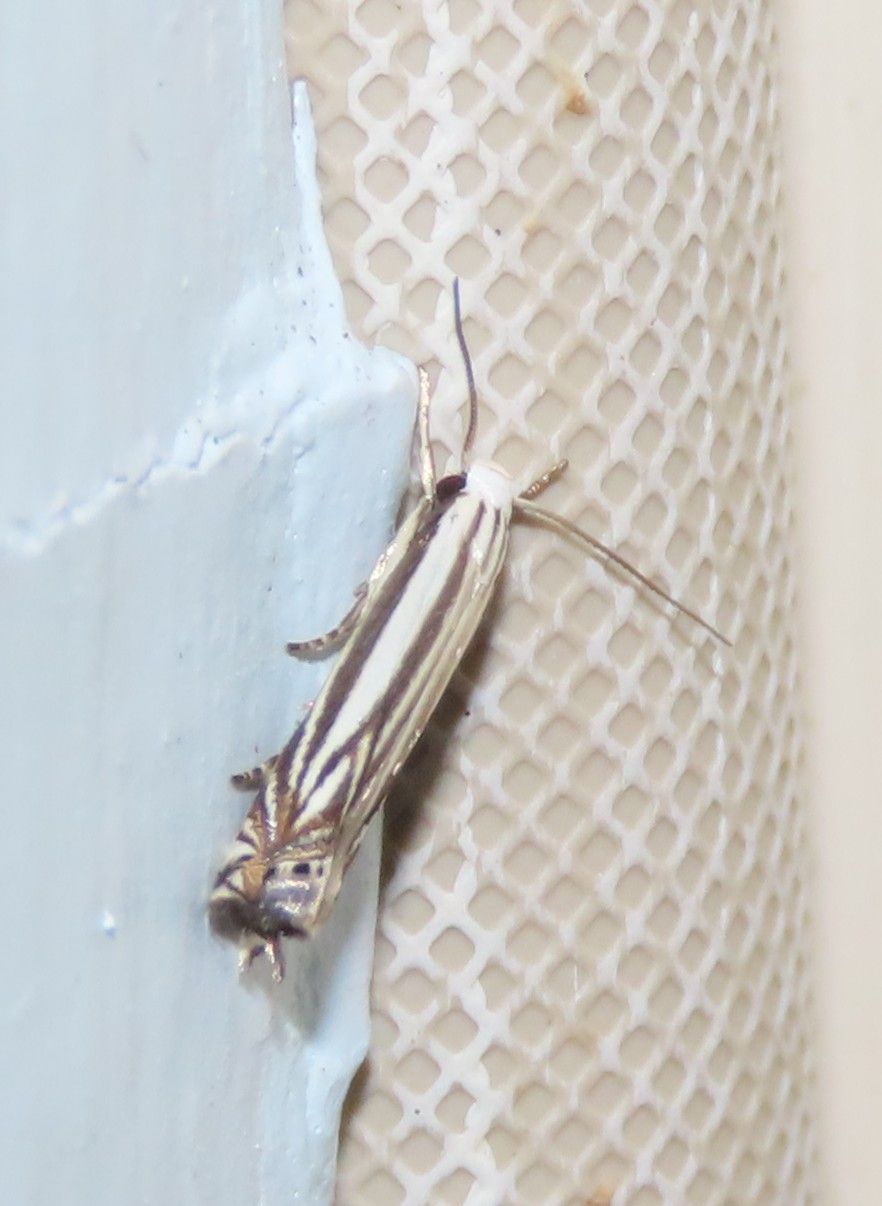

Yellow-striped Polyhymno (Polyhymno luteostrigella)
There are at least four types of polyhymnos that occur in the LRGV (and two of them are undescribed), but the Yellow-striped is the most widespread and likely. Even so, while regular, they're not that common. Told from similar polyhymnos by the straight, even stripes, including on the back. Recorded September to November, with records in May and July.
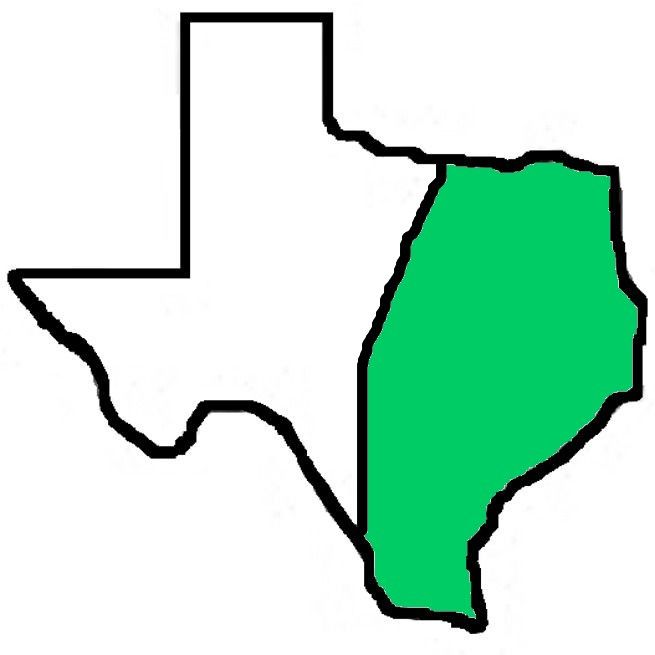

Marion's Chionodes (Chionodes mariona)
This small black twirler moth is easily identified by its white head and patches in the ST and PM areas. Recorded year-round, but more likely August - November.
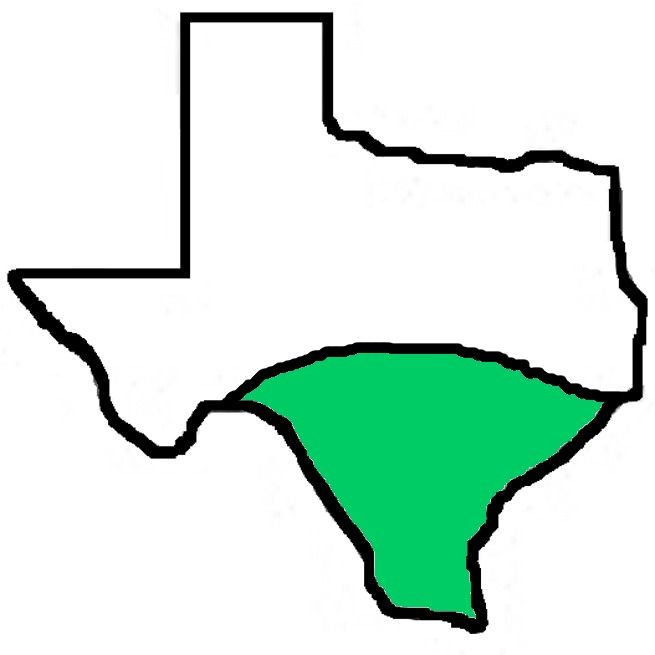
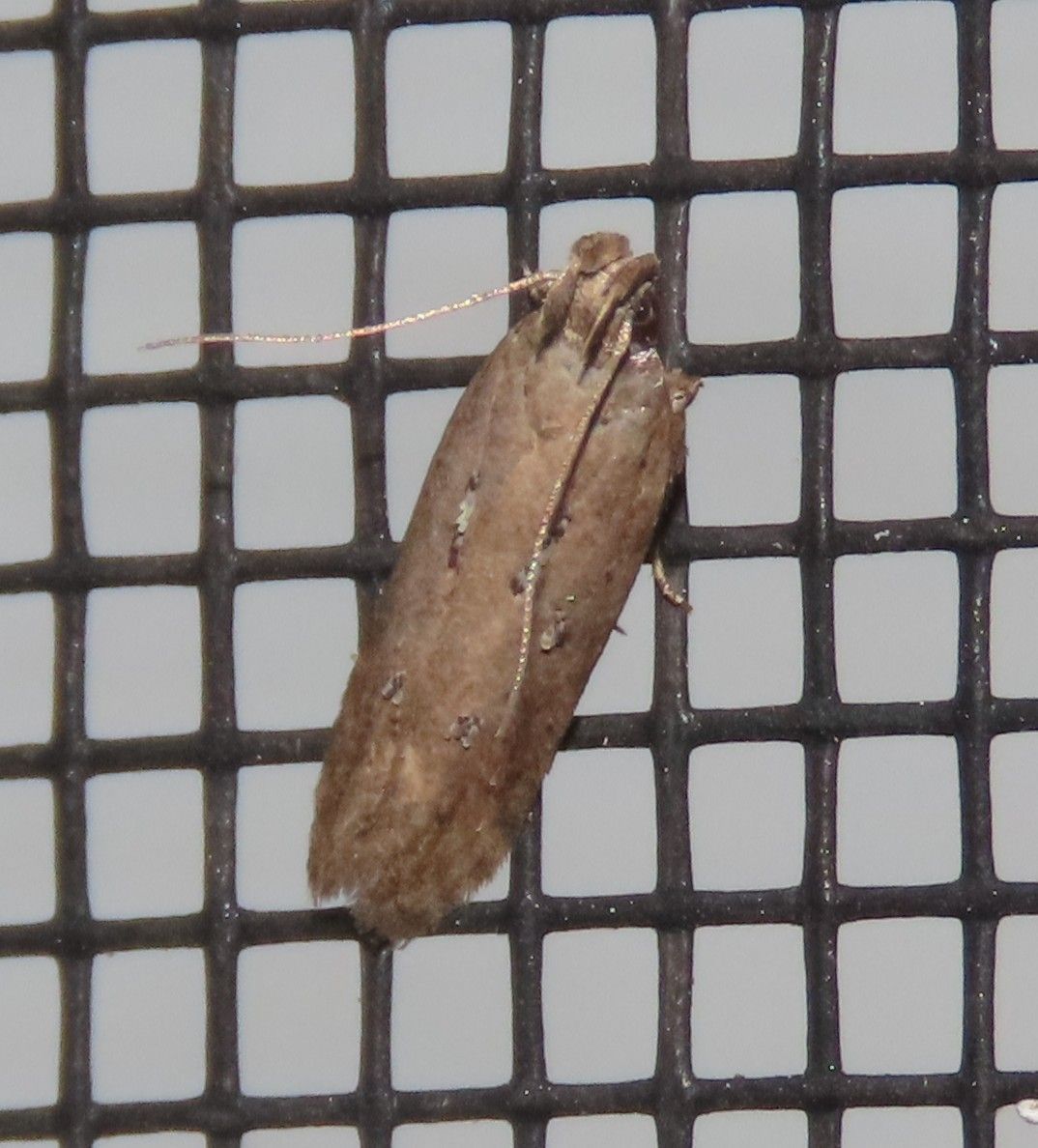
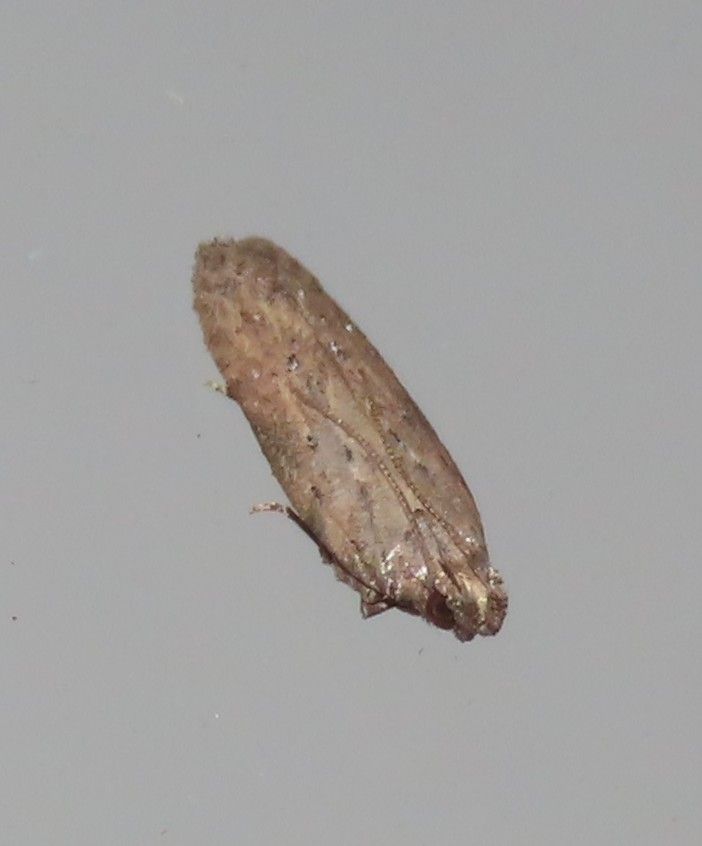
Plain Brown Hypatima (Hypatima sp. 1)
There are probably countless numbers of Hypatima moths just waiting to be discovered, and of the three species found in Texas (one described and the other two, including this one, undescribed), the conventional wisdom is that they cannot be reliably identified except by dissection and/or DNA analysis! But the three do have tentative field marks that allow a "best guess" at least; known specimens of the Plain Brown are just that: very plain brown with small black spots, some connected by subtle white streaks. All hypatimas (including those that can't be pinned down to one of the three known types) have been recorded year-round.
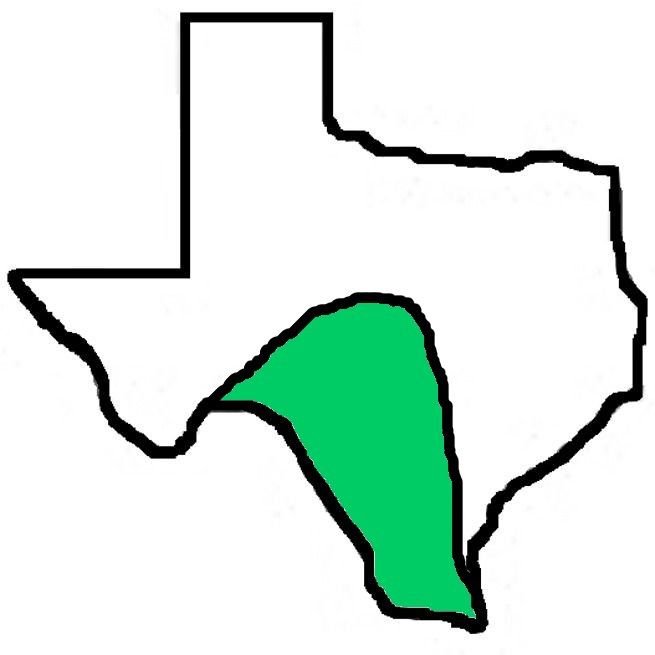
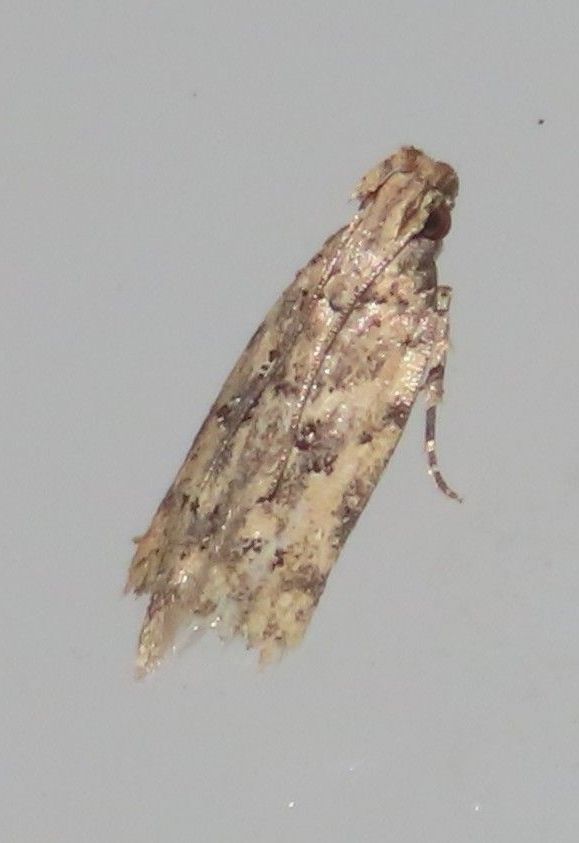
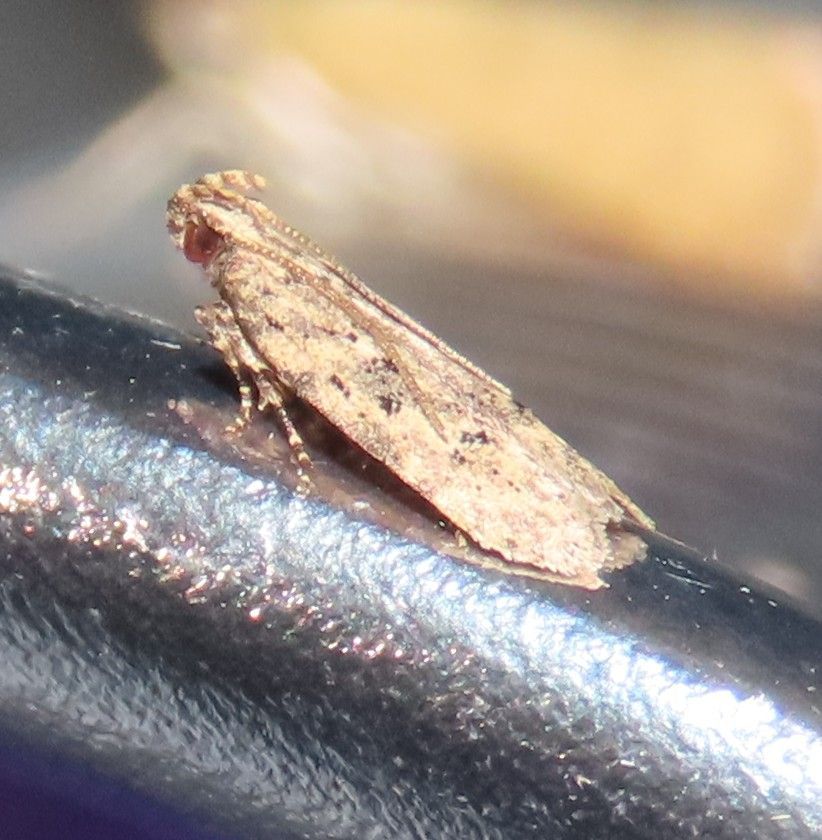
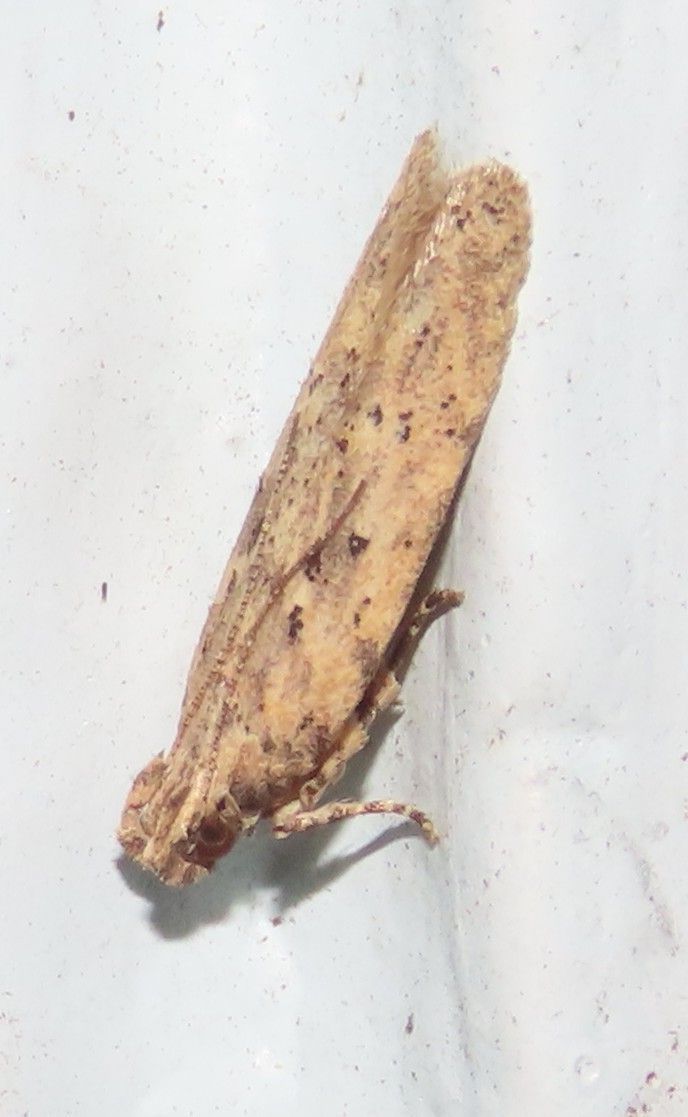
Stripe-palped Hypatima (Hypatima sp. 2)
This bug is mottled like the Zesty (below), but with a paler, more golden ground color. The palps are boldly barred, hence the coined name. Beware that some Zestys can also show striped palps, and the ground color of some hypatimas can be somewhere in the middle! All hypatimas (including those that can't be pinned down to one of the three known types) have been recorded year-round.
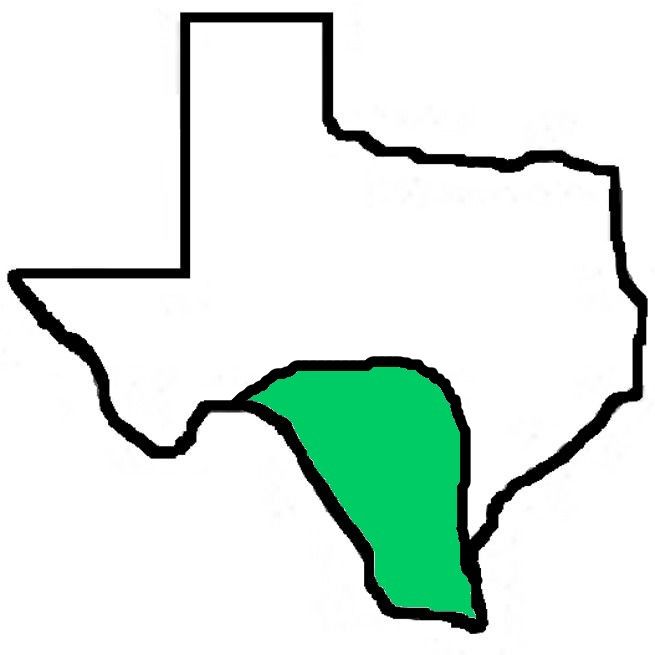
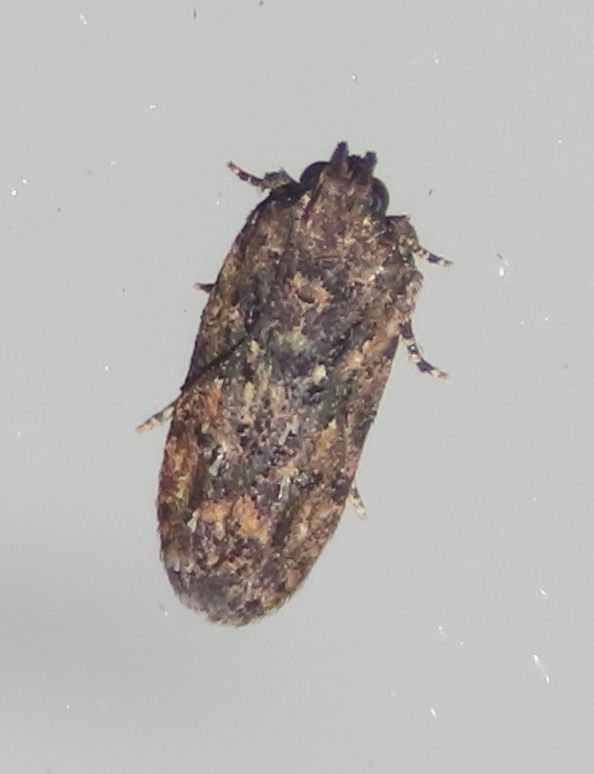
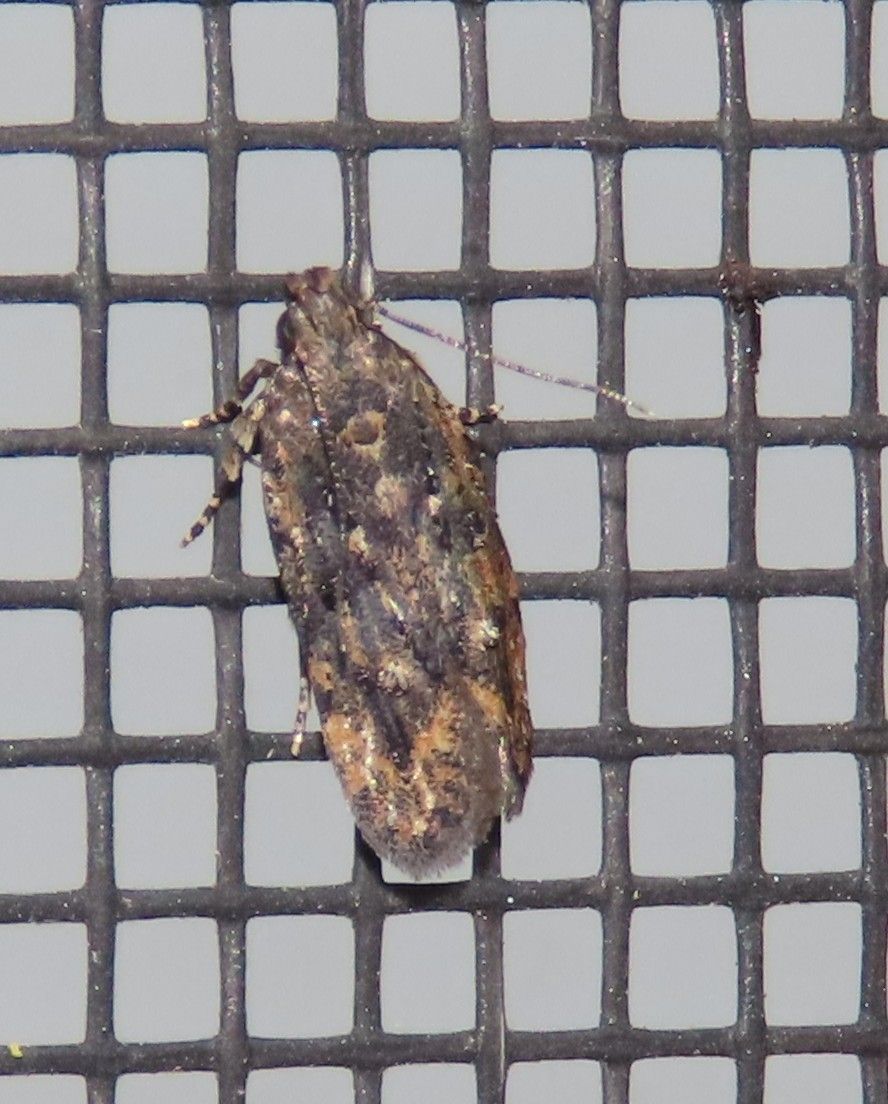
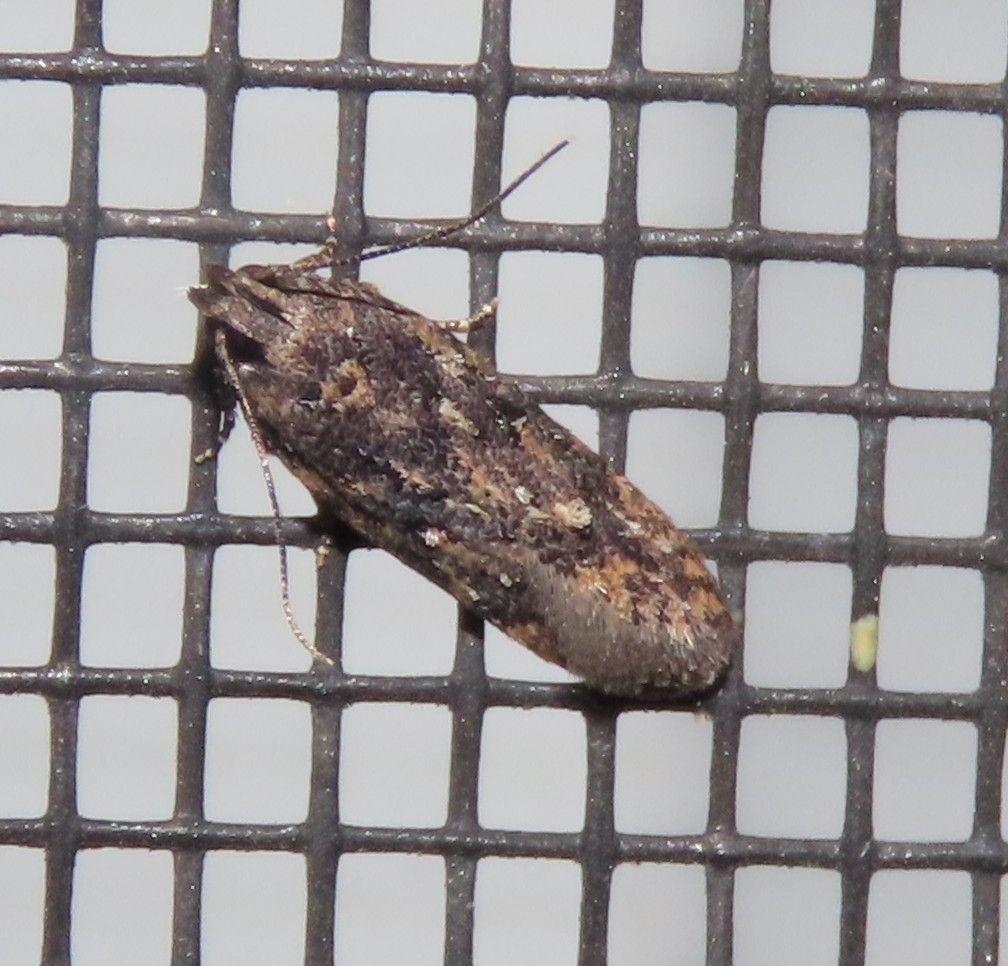
Zesty Hypatima (Hypatima zesticopa - ID very tentative!)
Currently, this is the only Hypatima that has been positively identified north of Mexico, and is basically very dark with some rust mottling especially along the costa and around the end of the forewing. The one proven specimen has no white spots, but some specimens at BOLD seem to show some white spotting; some good pointers by Ann Hendrickson are on this species' page at BugGuide here. All hypatimas (including those that can't be pinned down to one of the three known types) have been recorded year-round.
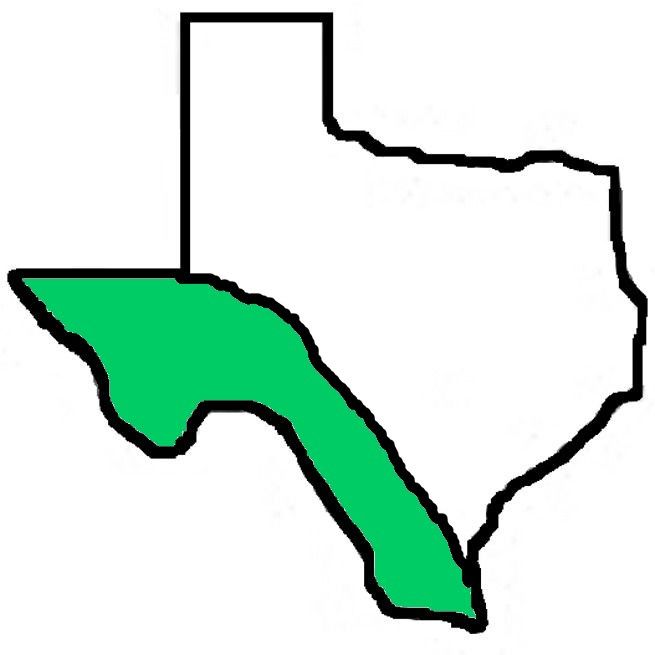
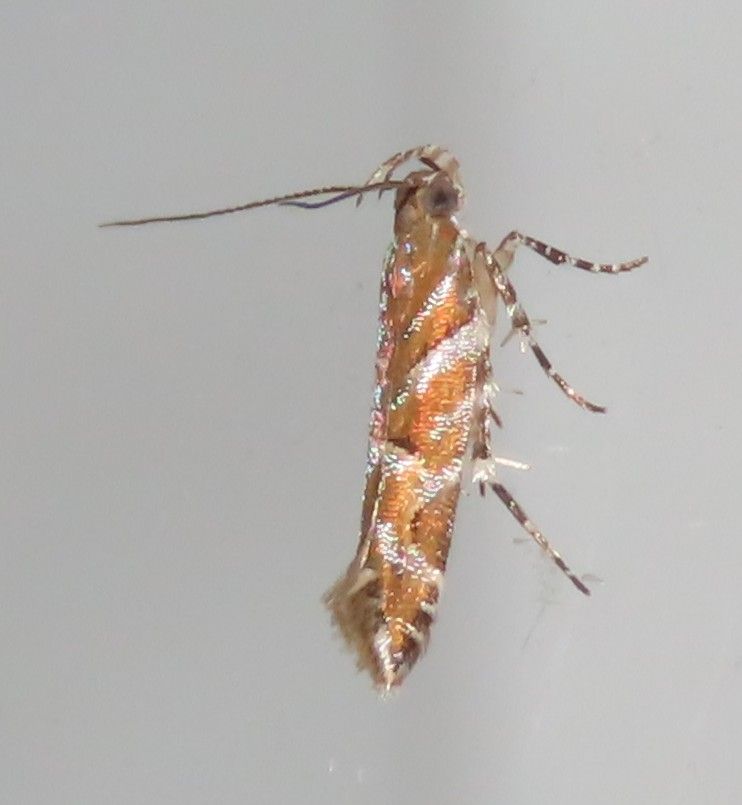
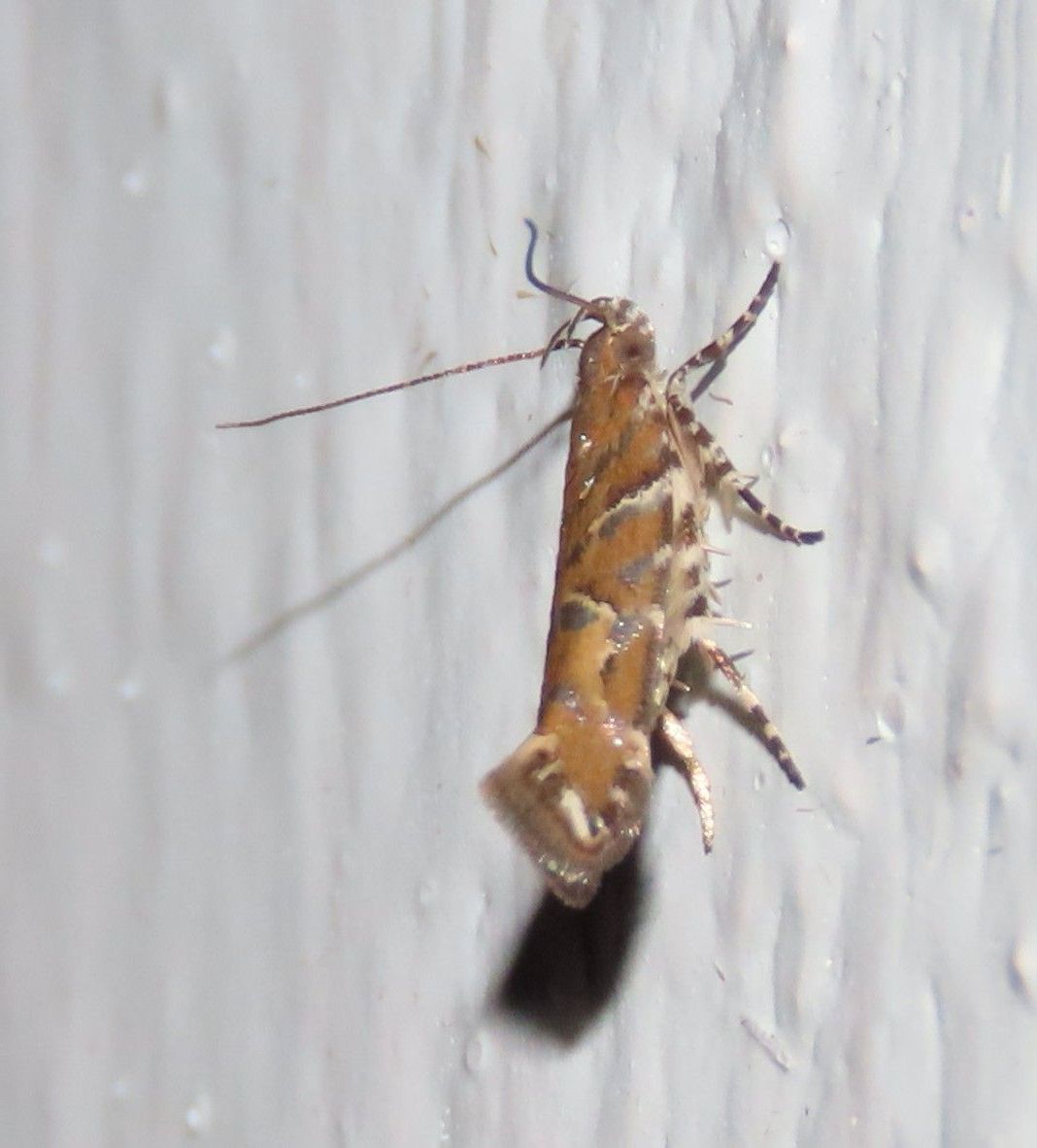
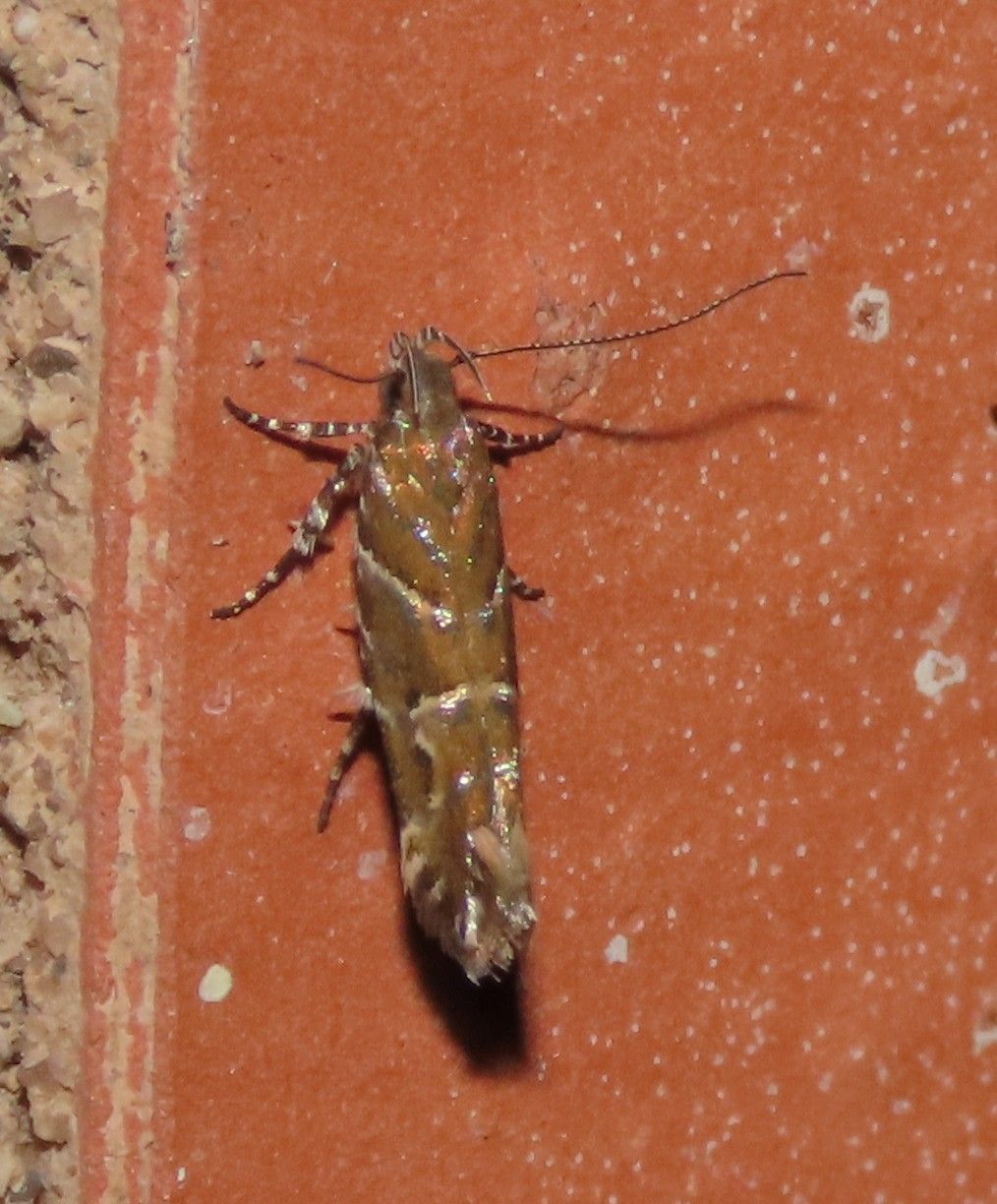
Silver-banded Aristotelia (Aristotelia sp-six-sl)
This is an undescribed species with no formal name (English or Latin), but the pale bands (which can vary in thickness) often have a metallic sheen to them. Overall this bug is orange-rust, and the bands may or may not have thin black borders. The fourth and fifth bands from the front form an arc, outlining a rounded patch on the costa. Recorded March to December.
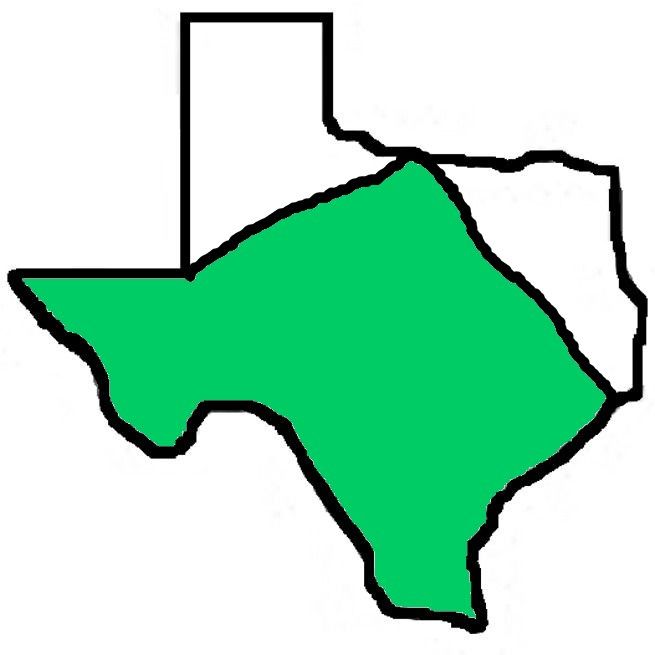


Piger Grass Tubeworm (Acrolophus piger)
This grayish grass tubeworm can be told by the darker semi-triangular patch in its mid-section. Cautionary note: Many grass tubeworms can have similar patterns and may not be identifiable to species. Recorded August - October, with records in January and April.

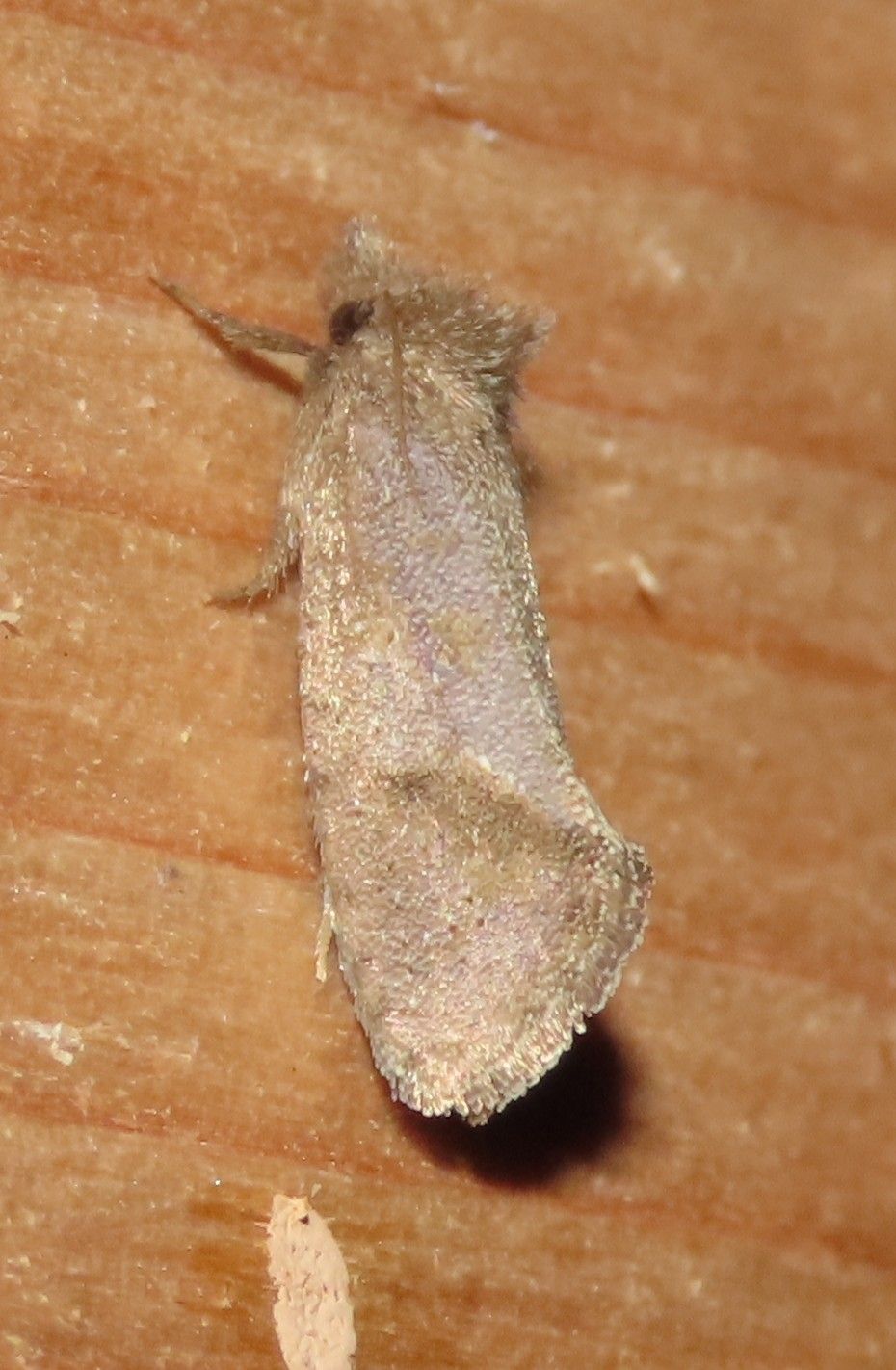

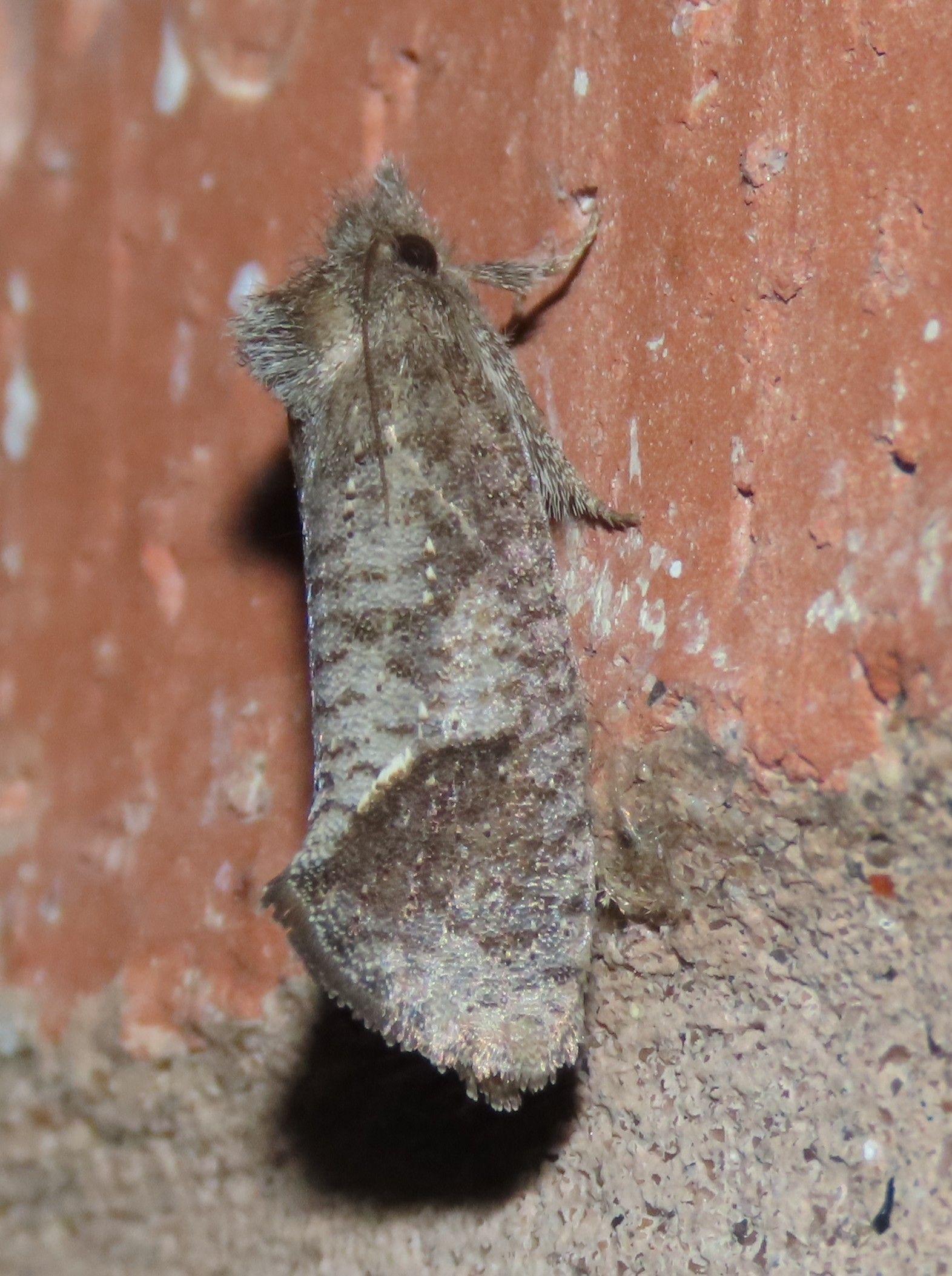
Texas Grass Tubeworm (Acrolophus texanella)
Extremely variable, but always shows a diagonal PM line with darker shading distally. Recorded February - May, and June - December.
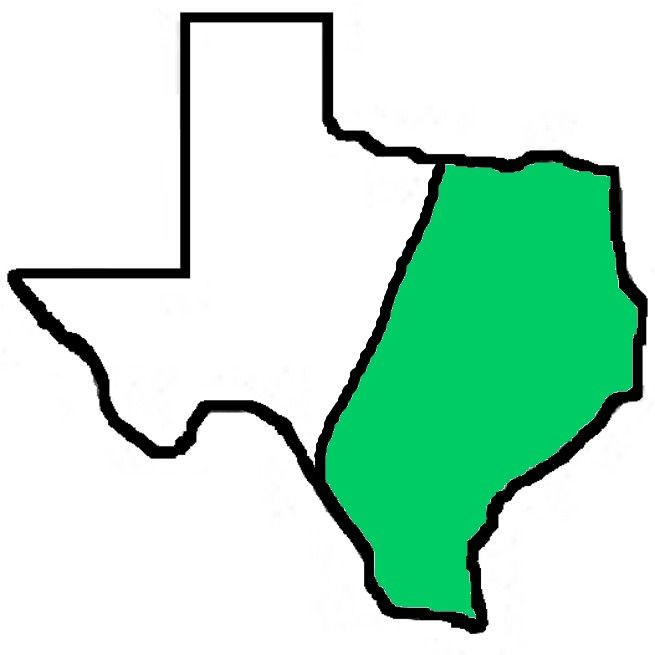
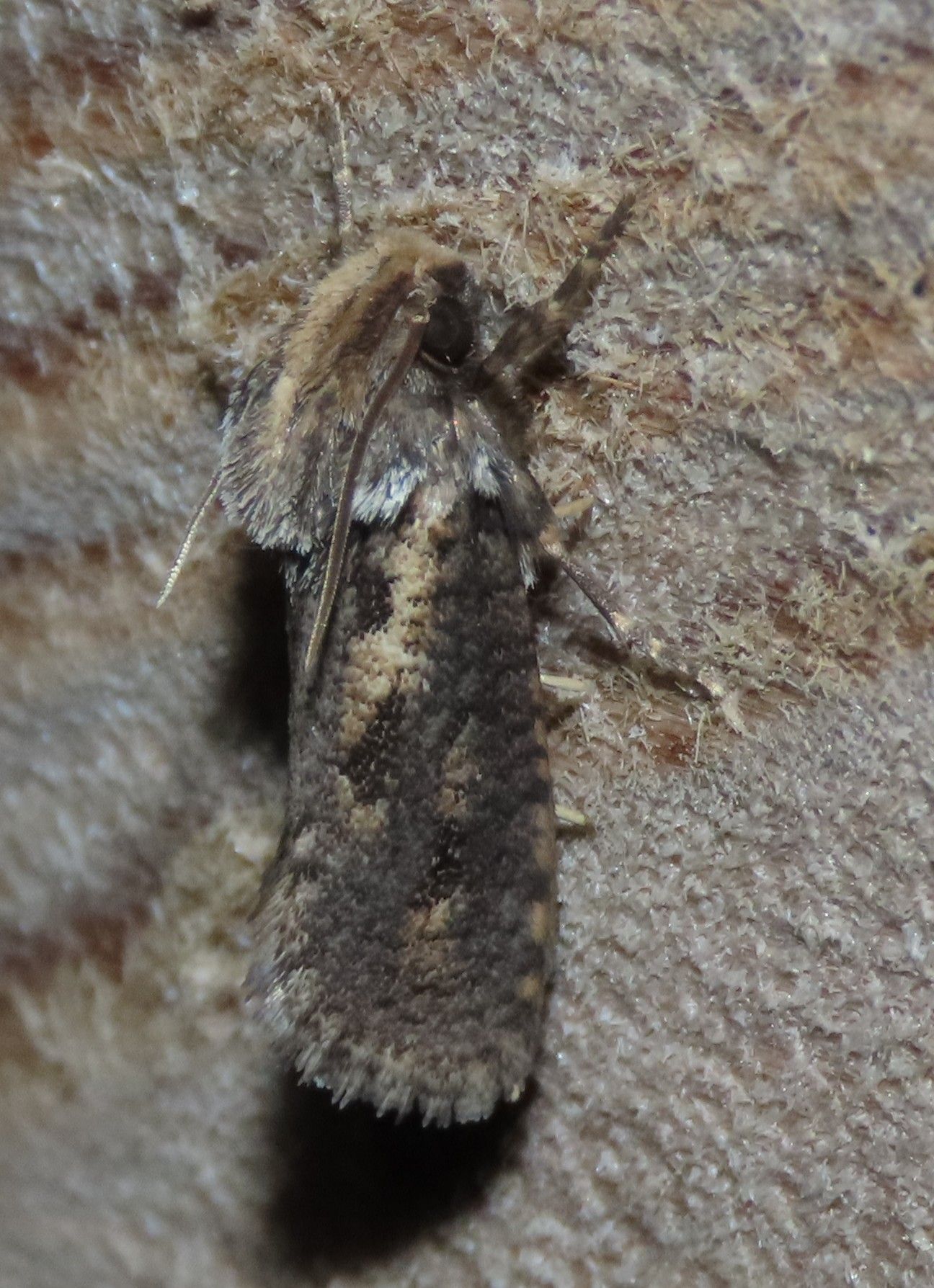
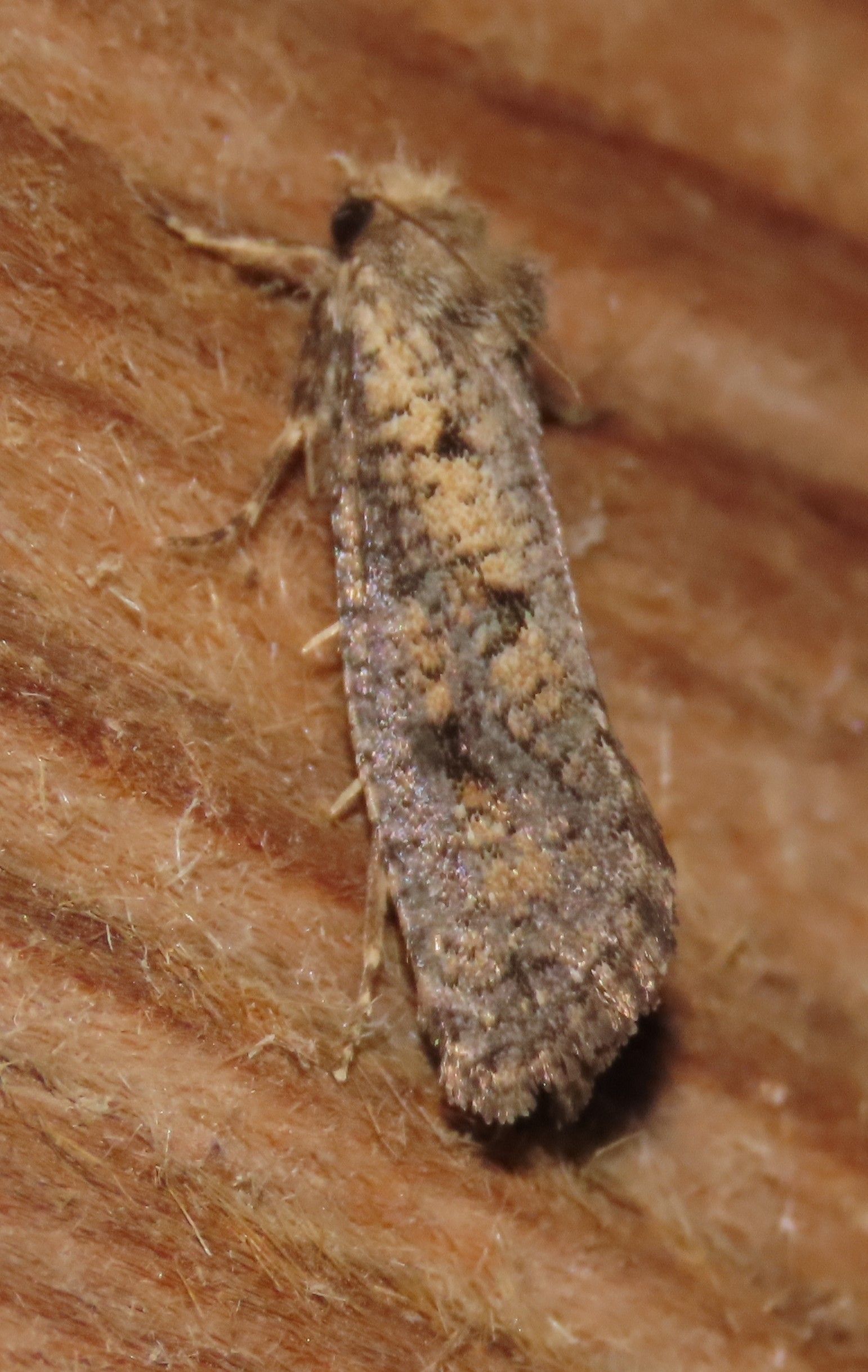
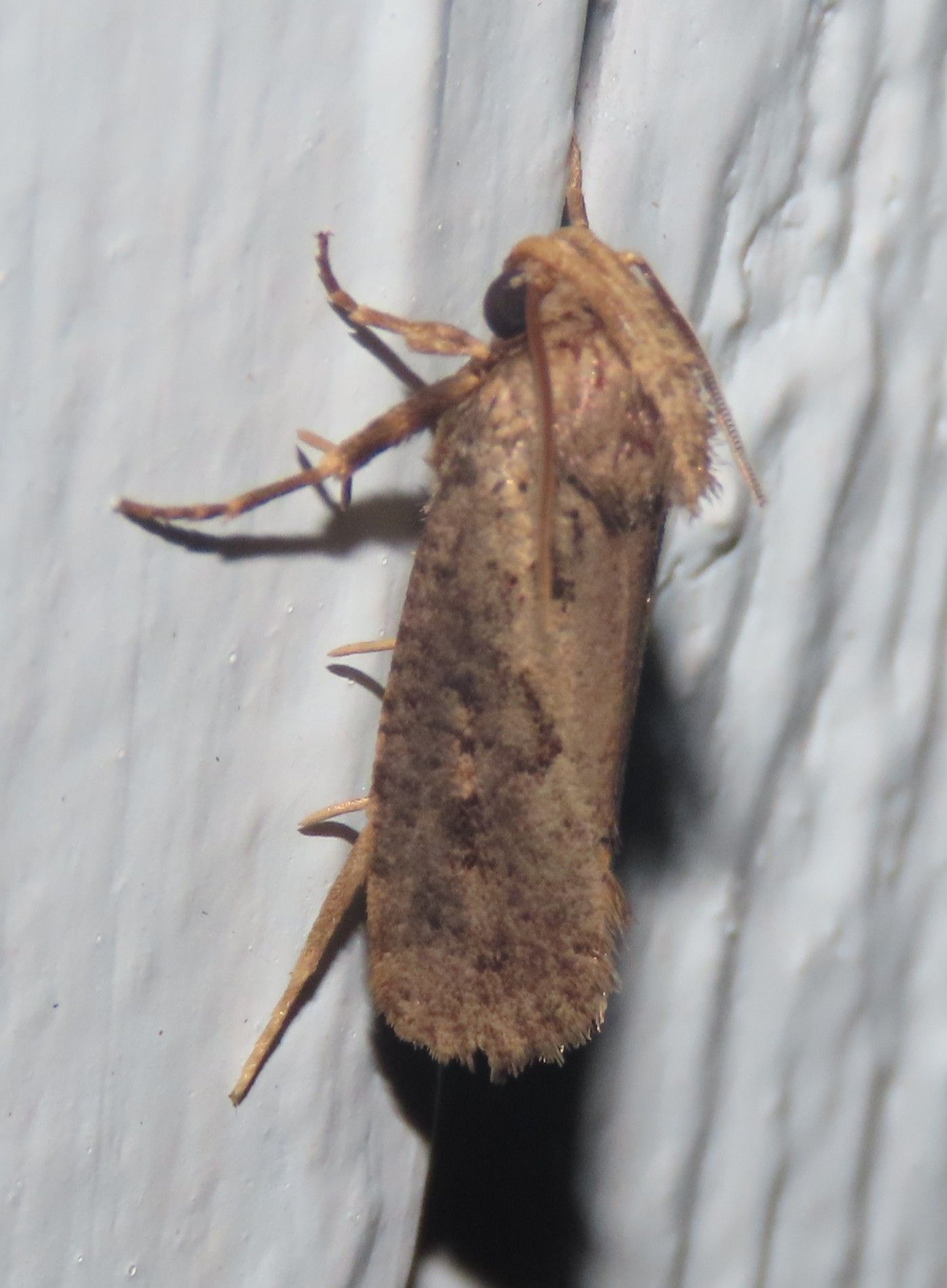
Clemens' Grass Tubeworm (Acrolophus popeanella)
Variable, but always has a long golden streak in the AM and PM areas, bordered by black splotches. The "crazy crest" palps are also usually obvious! Also called Pope's Grass Tubeworm. Recorded May to June and September to November.

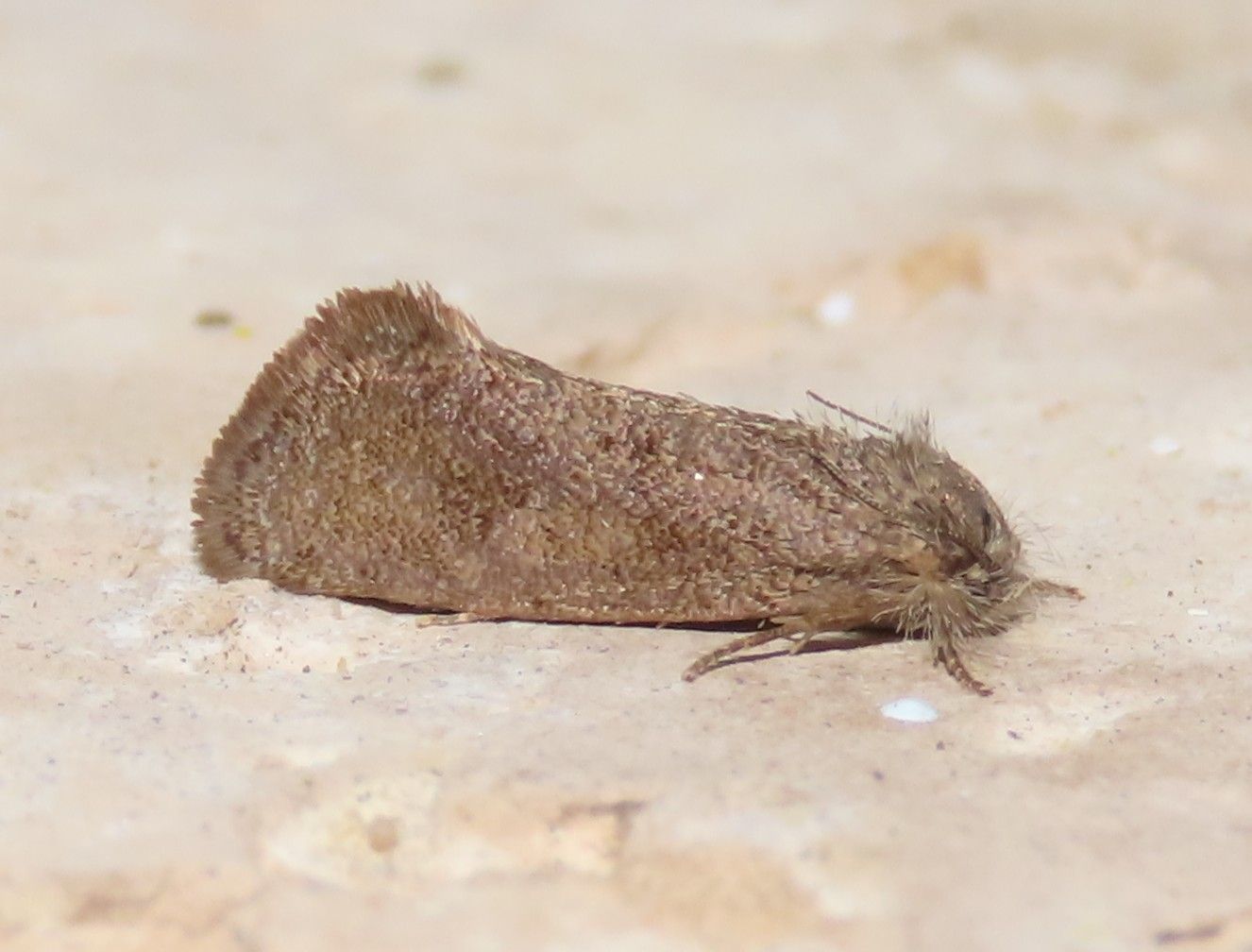
Heppner's Grass Tubeworm (Acrolophus heppneri)
This grass tubeworm is dull brown with at least one faintly darker splotch in the PM area. The lack of a "crest" like most of the other grass tubeworms gives it a snub-nosed shape. Recorded March to October.
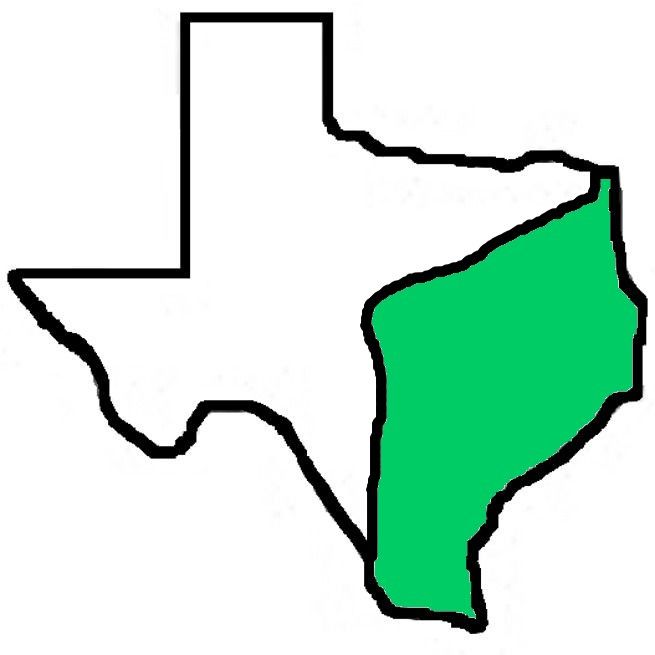
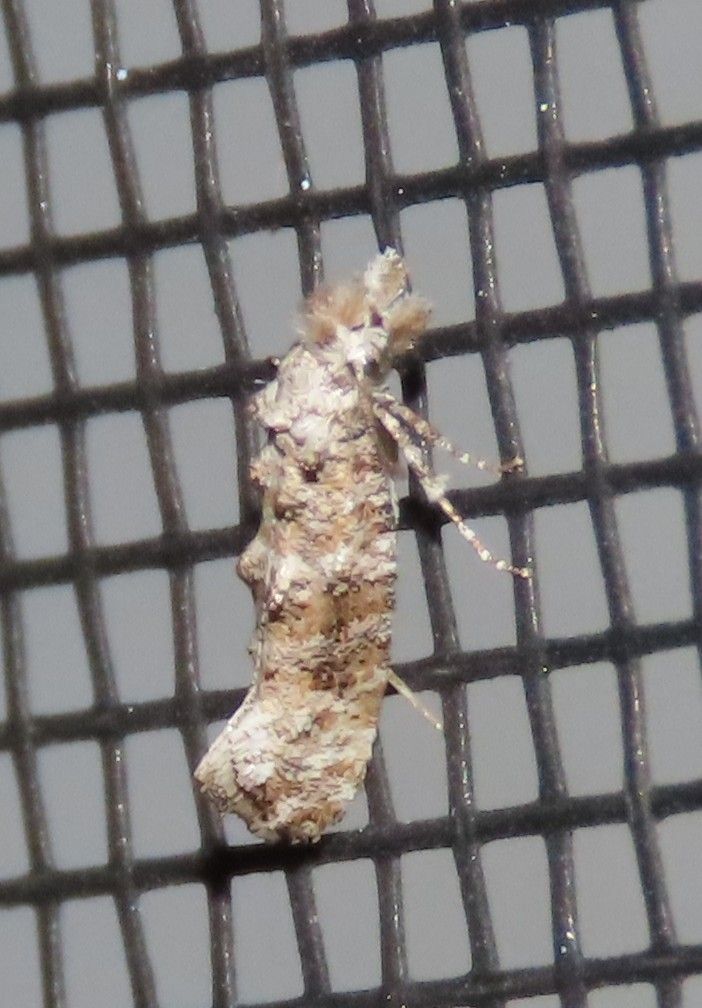
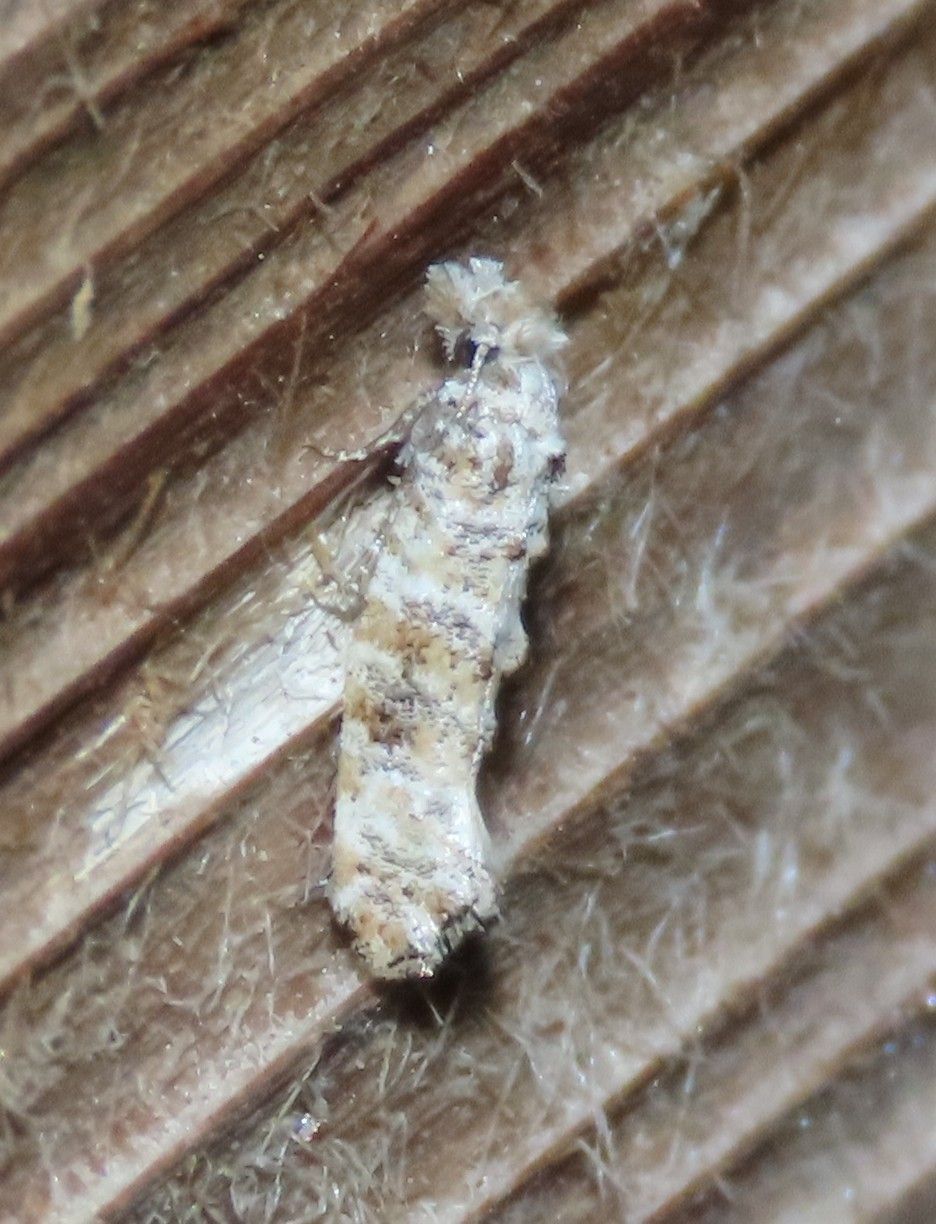
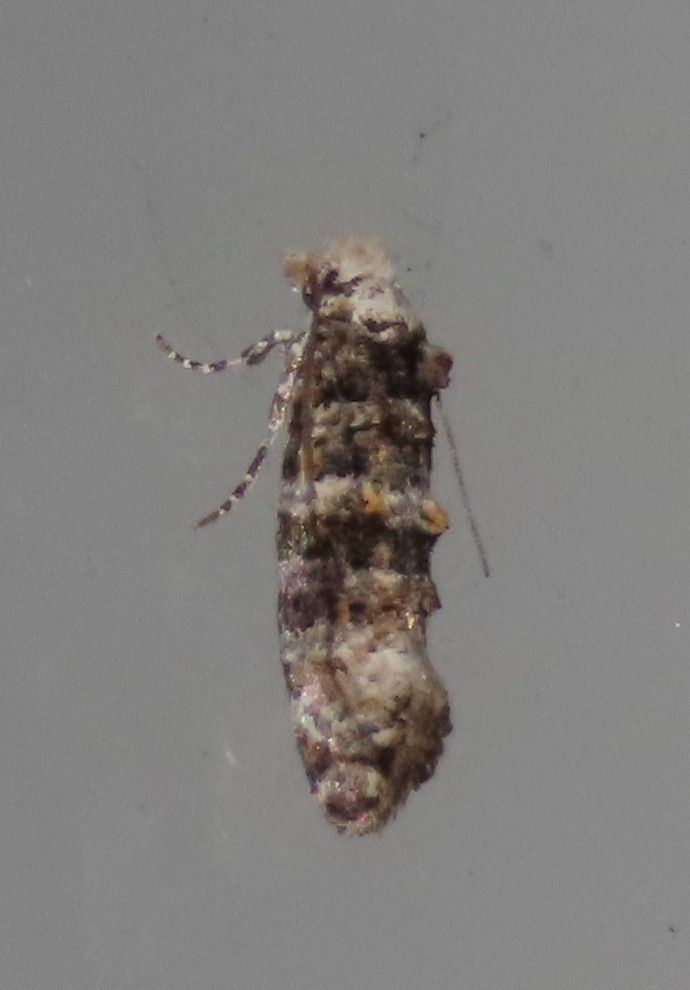
Speckled Xylesthia (Xylesthia pruniramiella)
Also know as Clemens' Bark Moth, this fungus moth varies from light to dark brown with whitish bands, but the primary field mark is the bumpy appearance caused by tufted scales along the wings. Recorded March - April, June - July, and September - December.
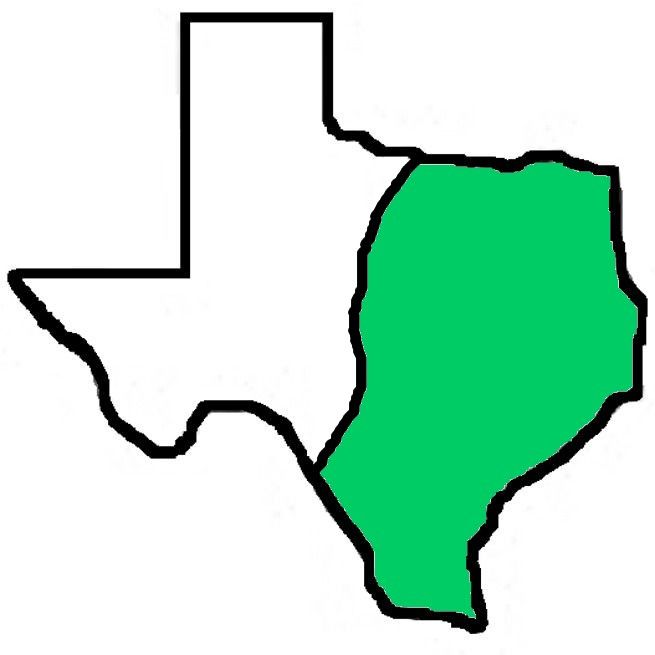
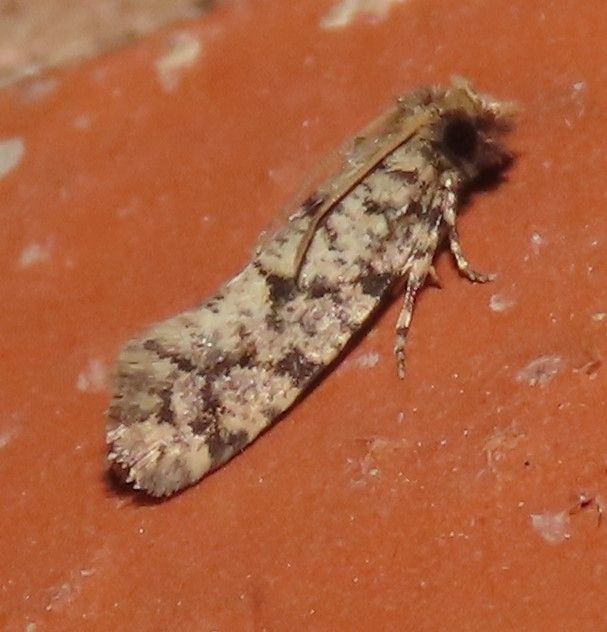
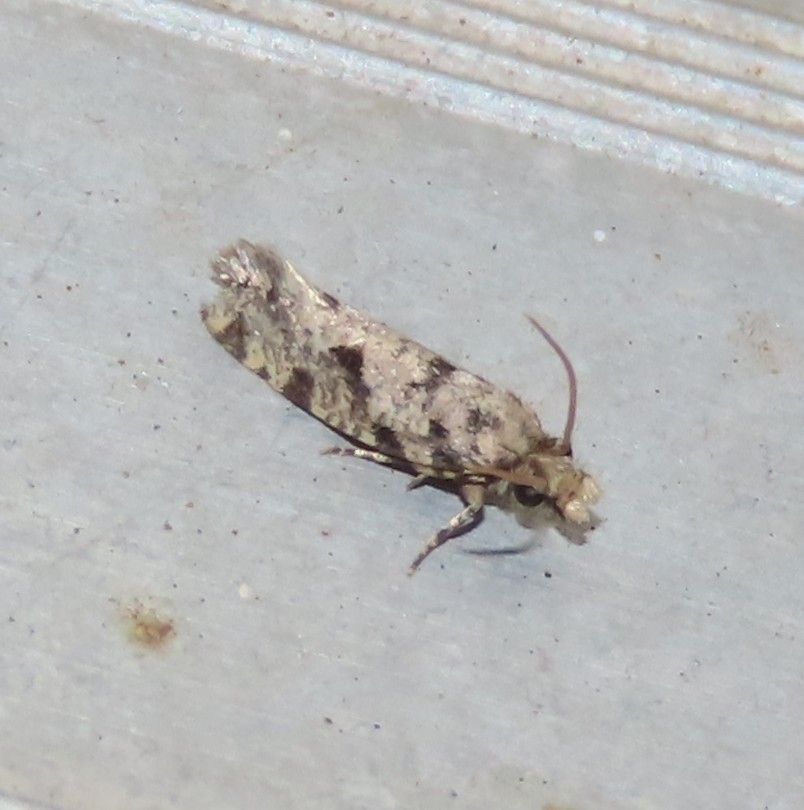
Dyarella/Daisy Amydria (Amydria dyarella/margoriella)
I put these two together as they are extremely difficult to tell apart - even the images above are best guesses! Amydrias in general show up quite commonly in the Valley (a third species - Brown-blotched - is reported regularly on iNaturalist), but typical Dyarellas have an inverted triangular spot on the upper margin of the forewing, and typical Daisys have more blocky spots in the middle of the forewing. You're apt to find bugs with any number of these combinations! Recorded August to May.
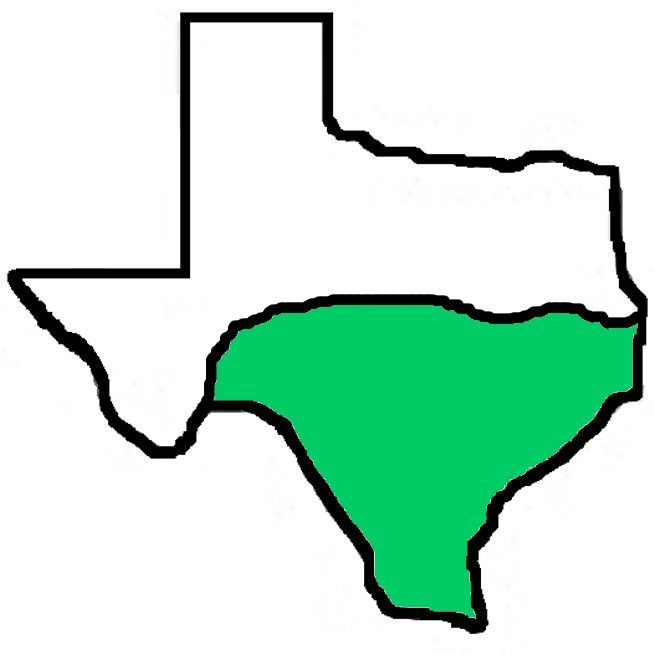
Dyarella Amydria

Daisy Amydria
